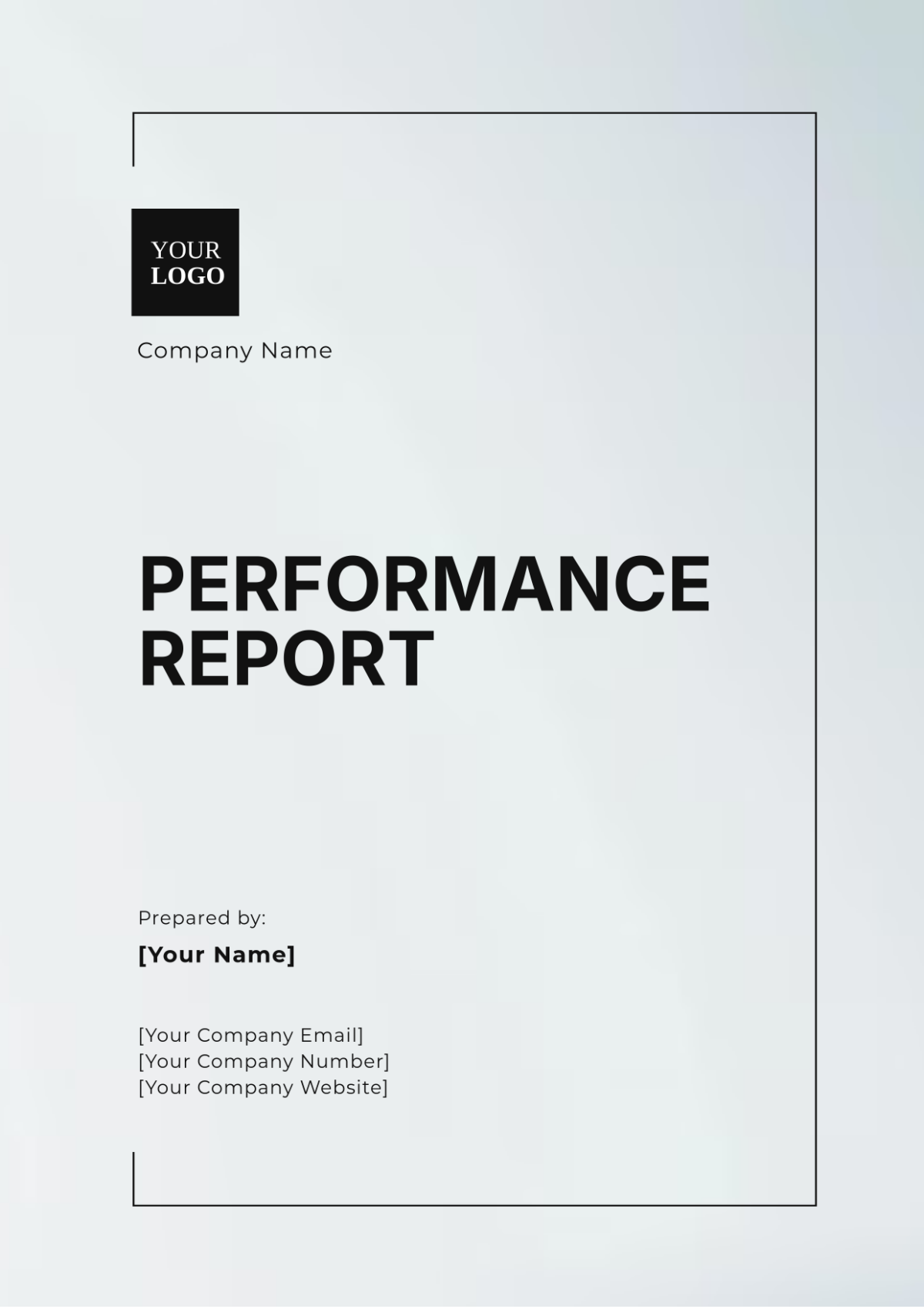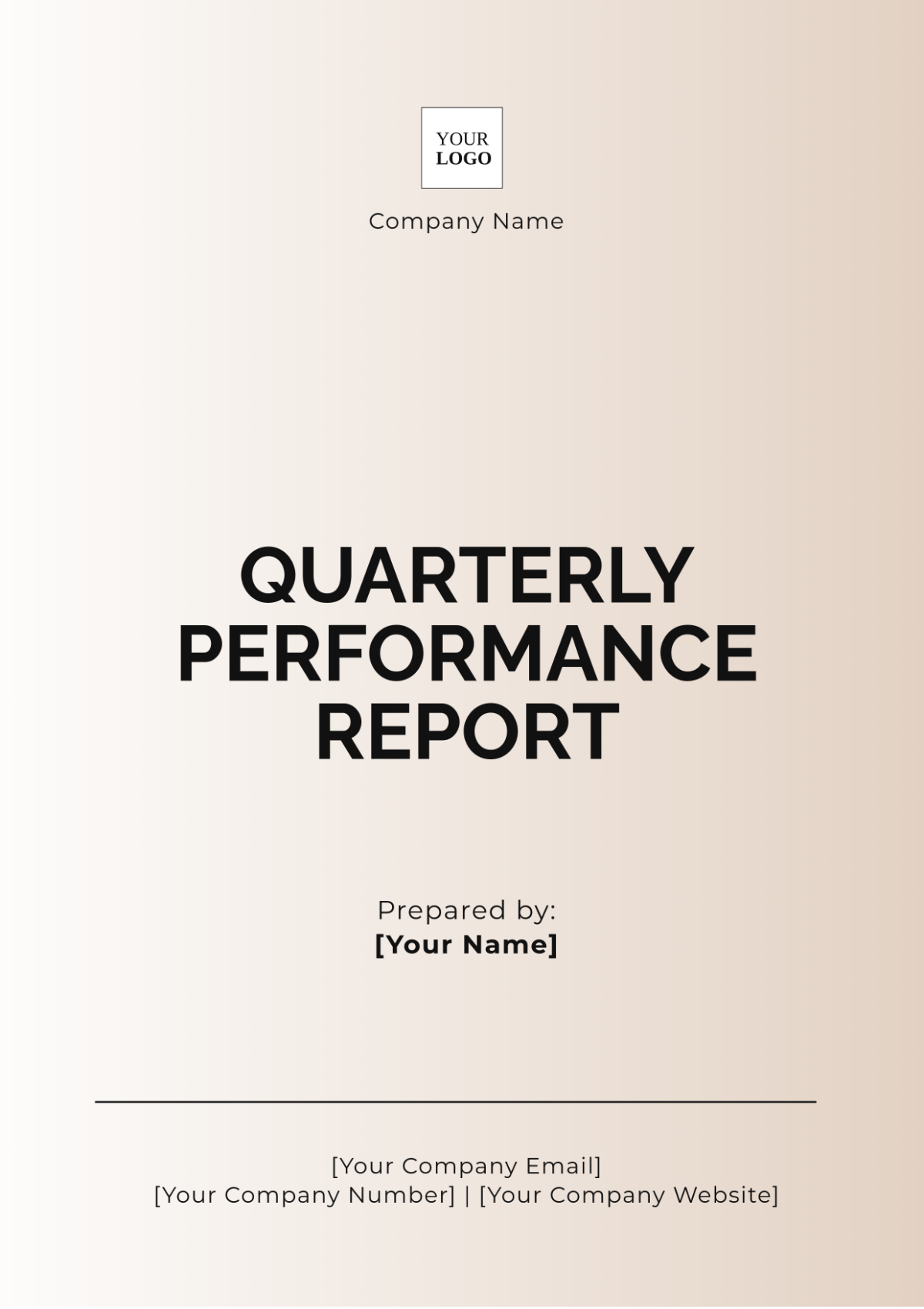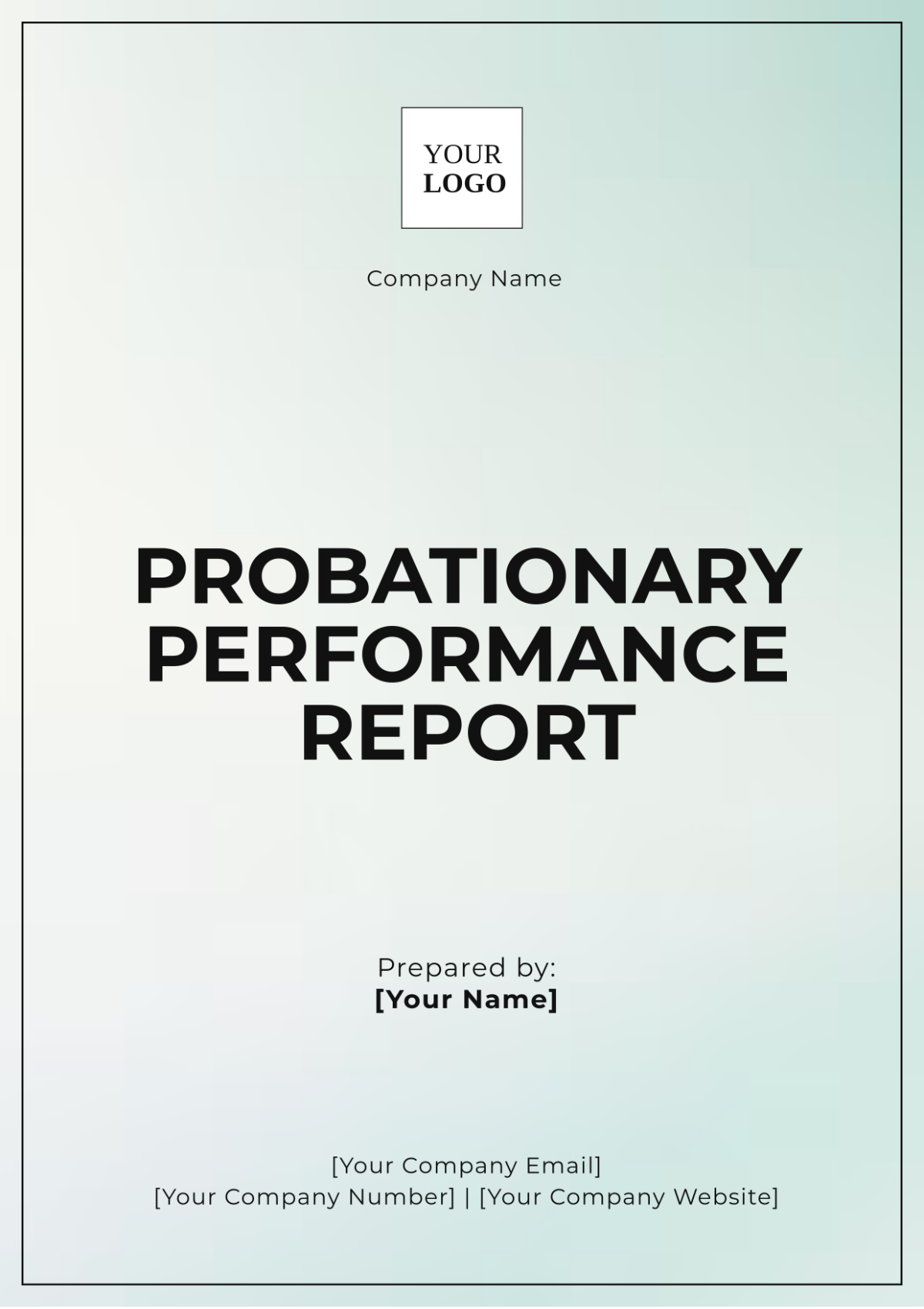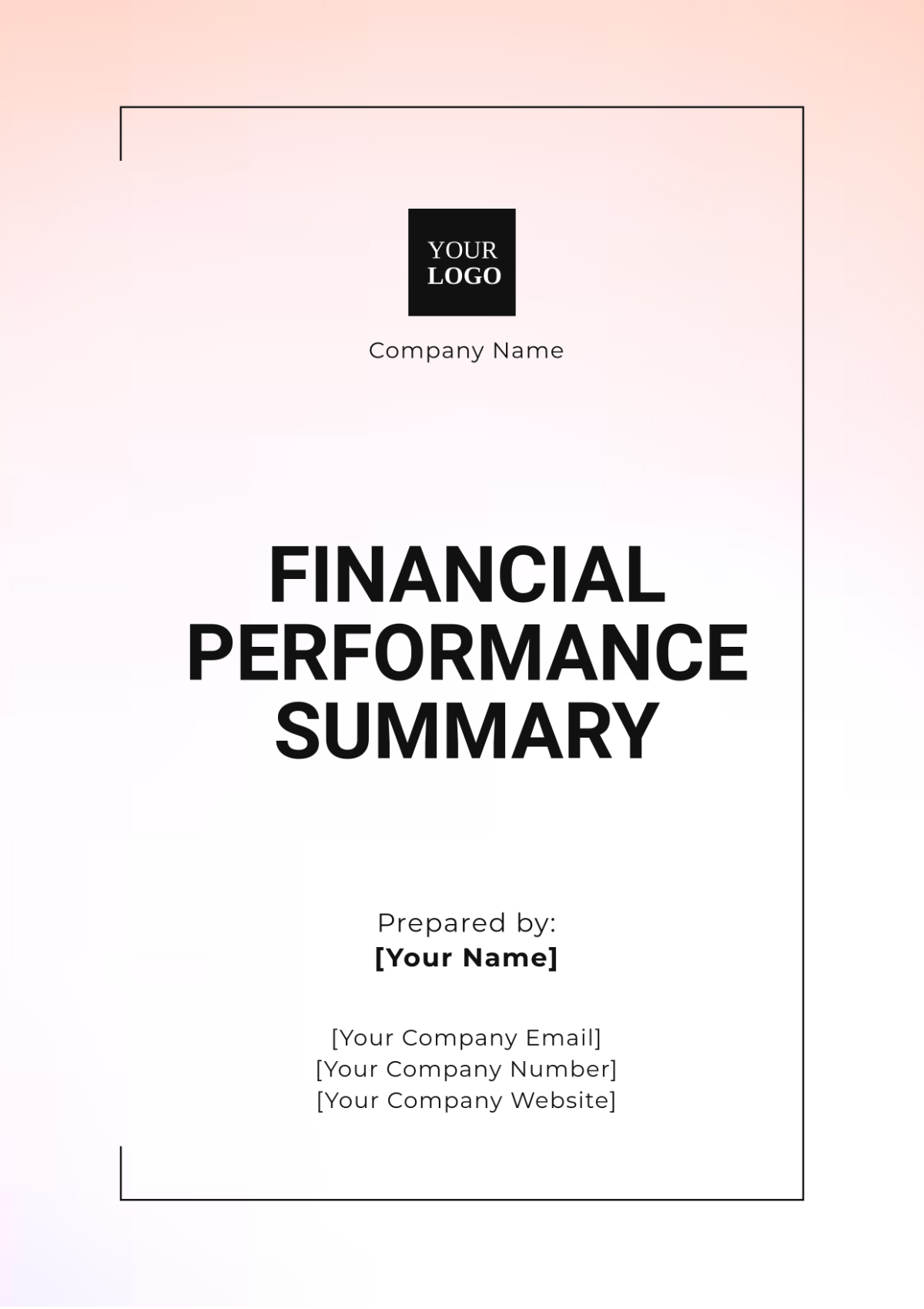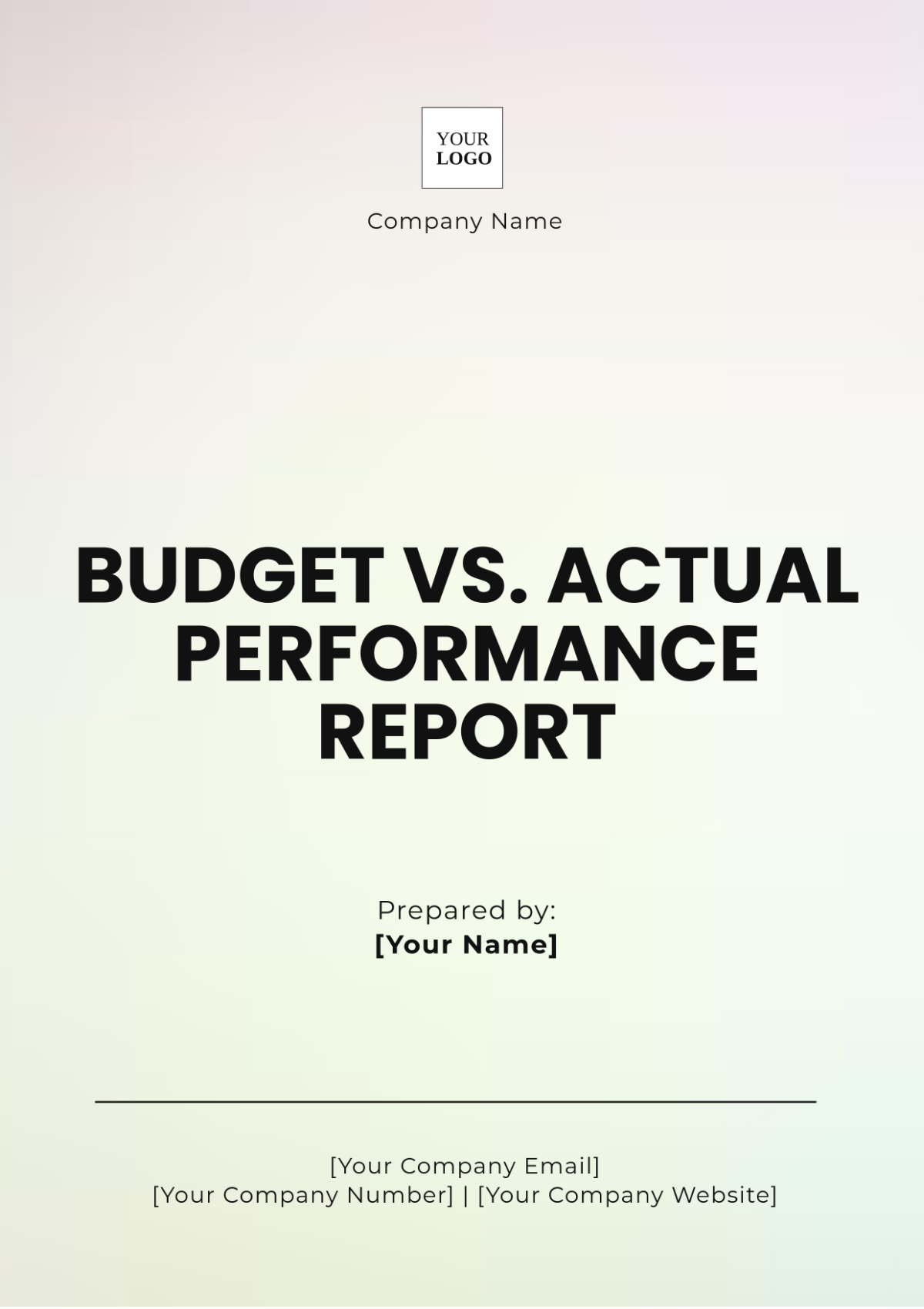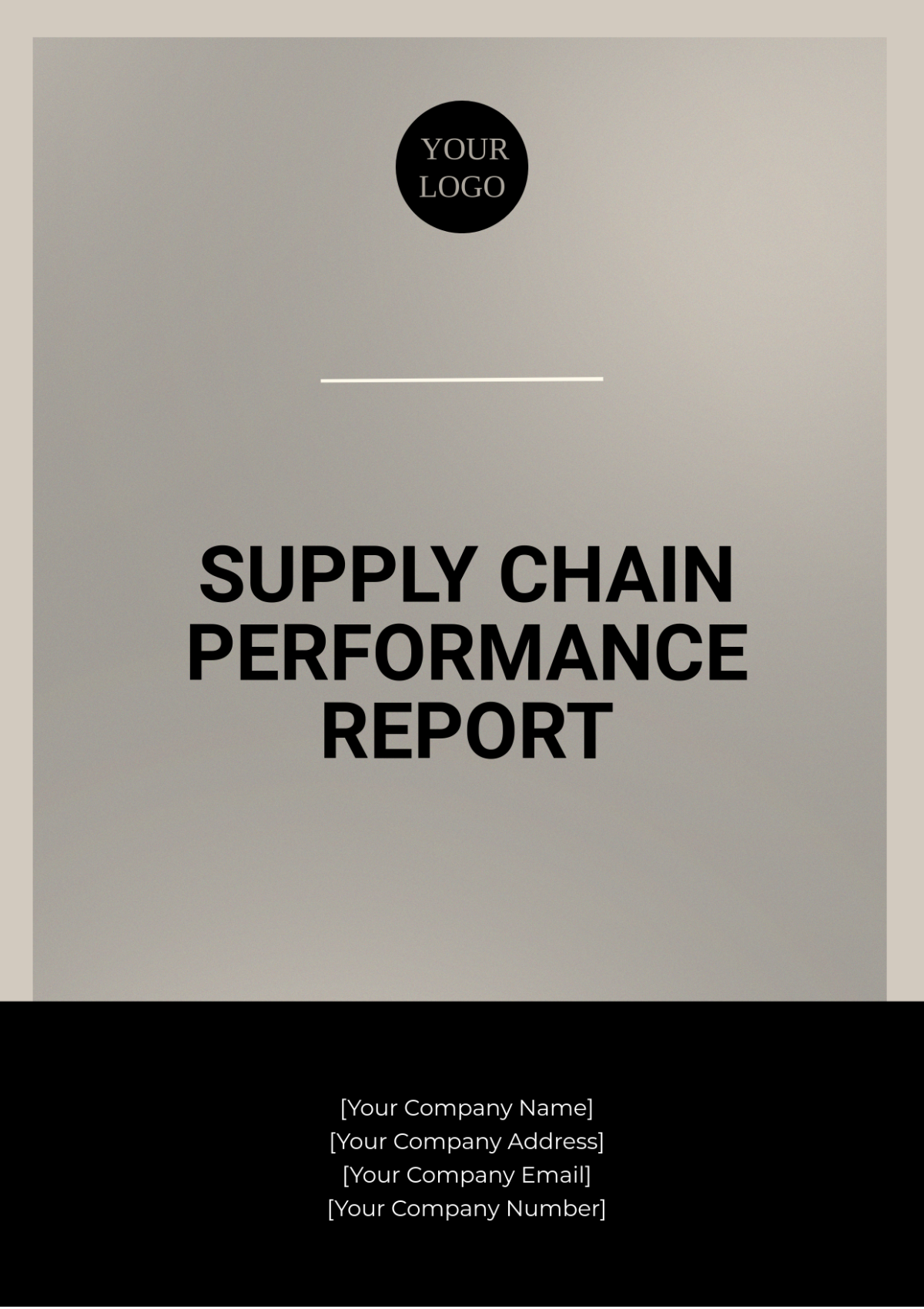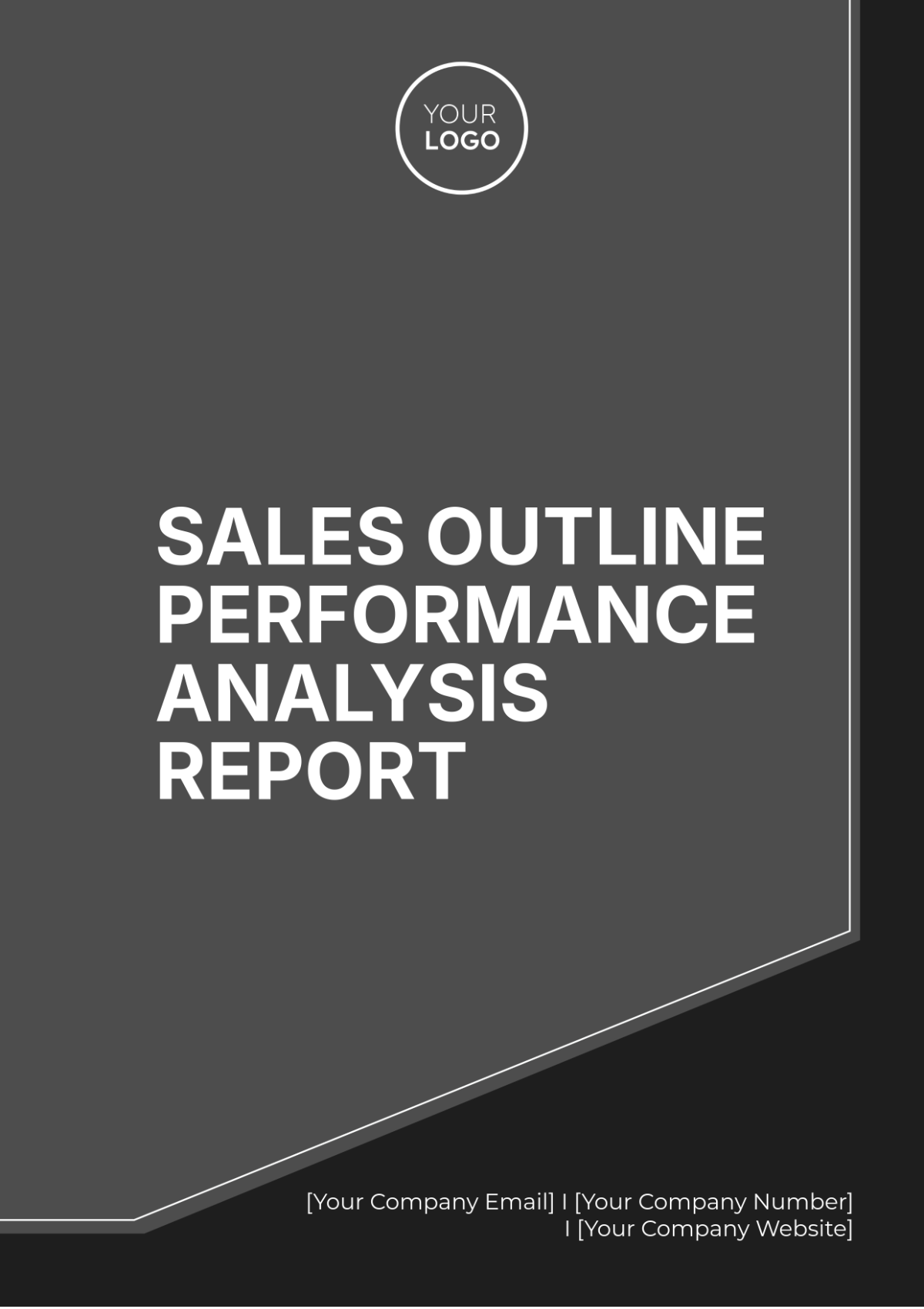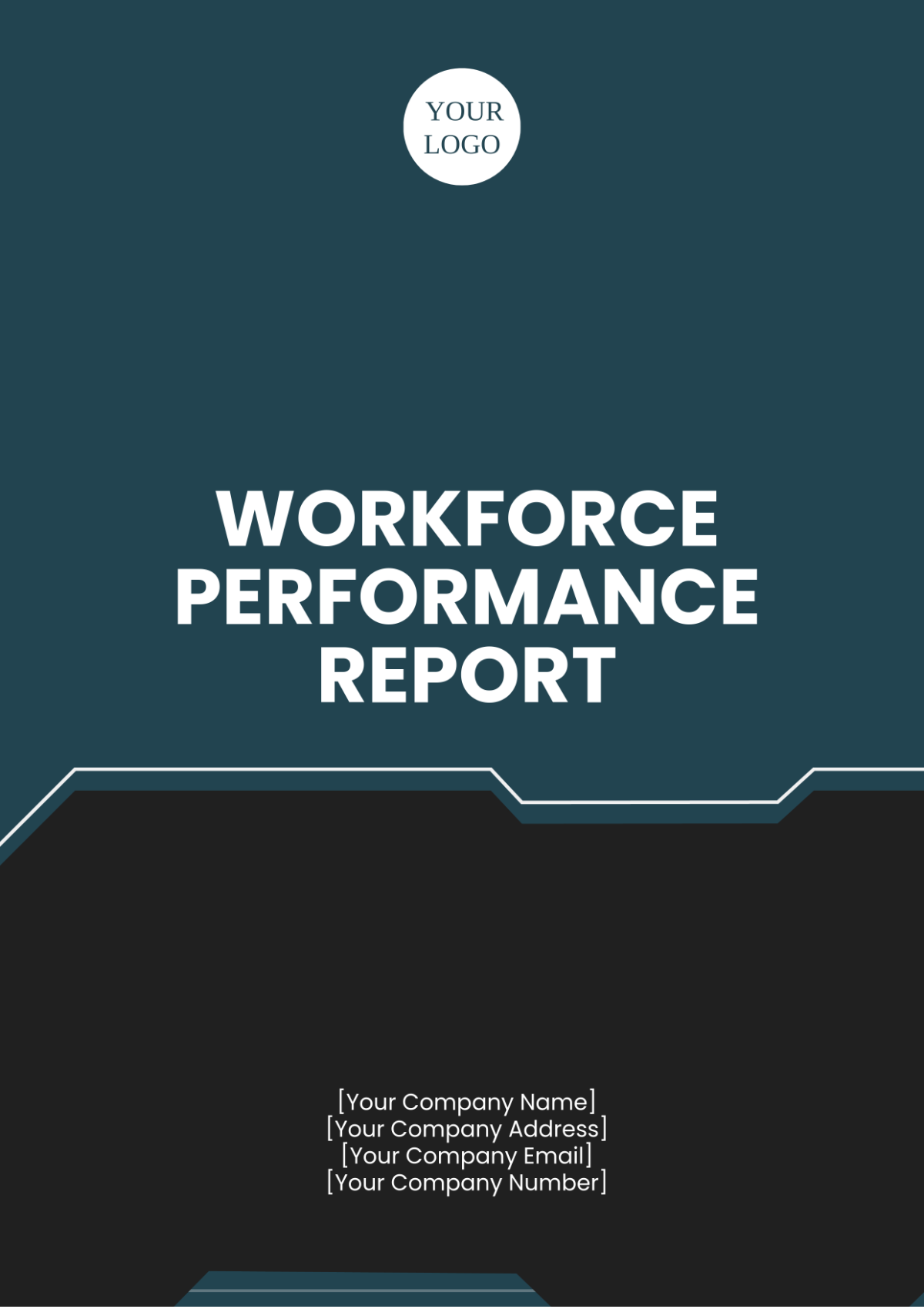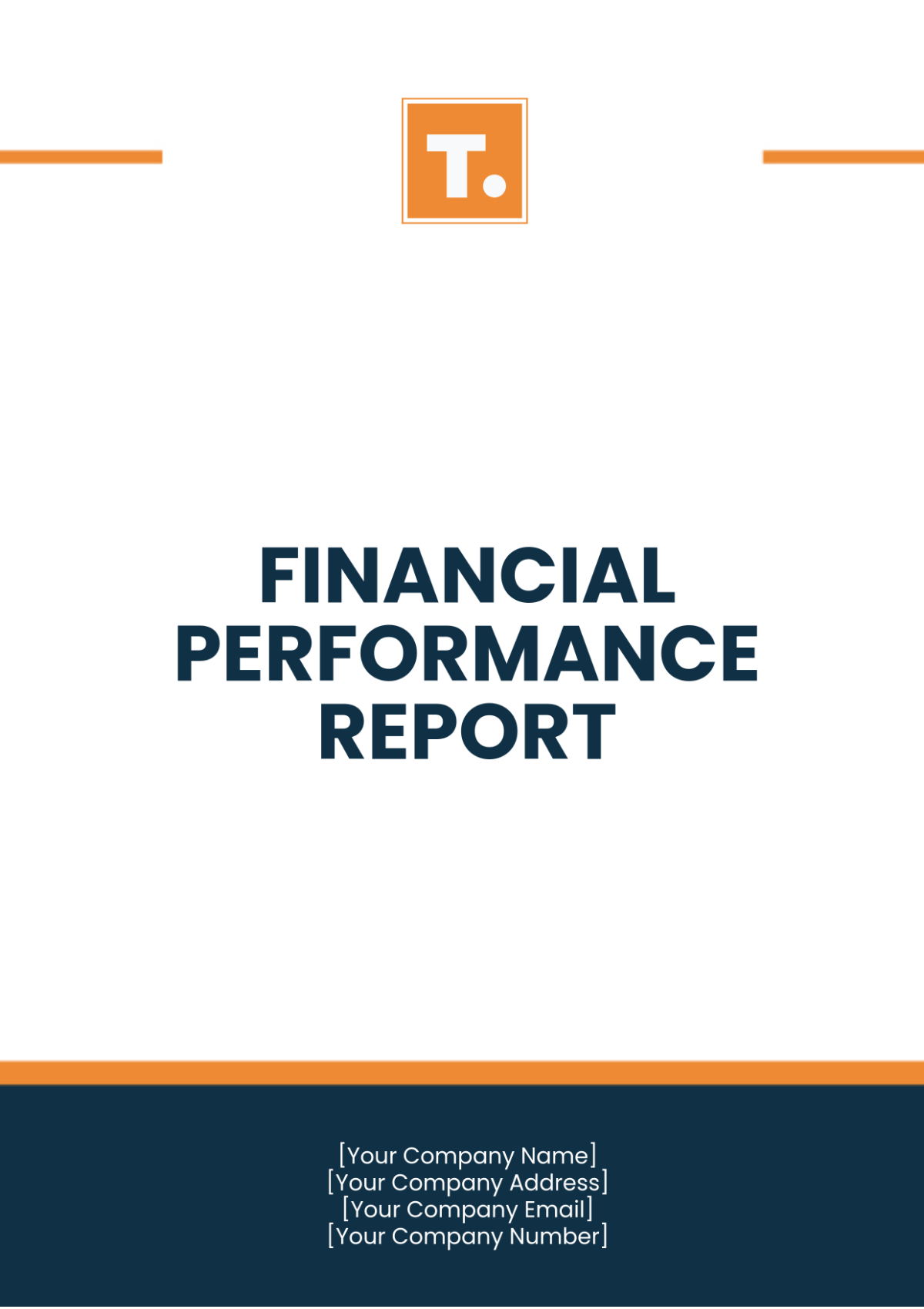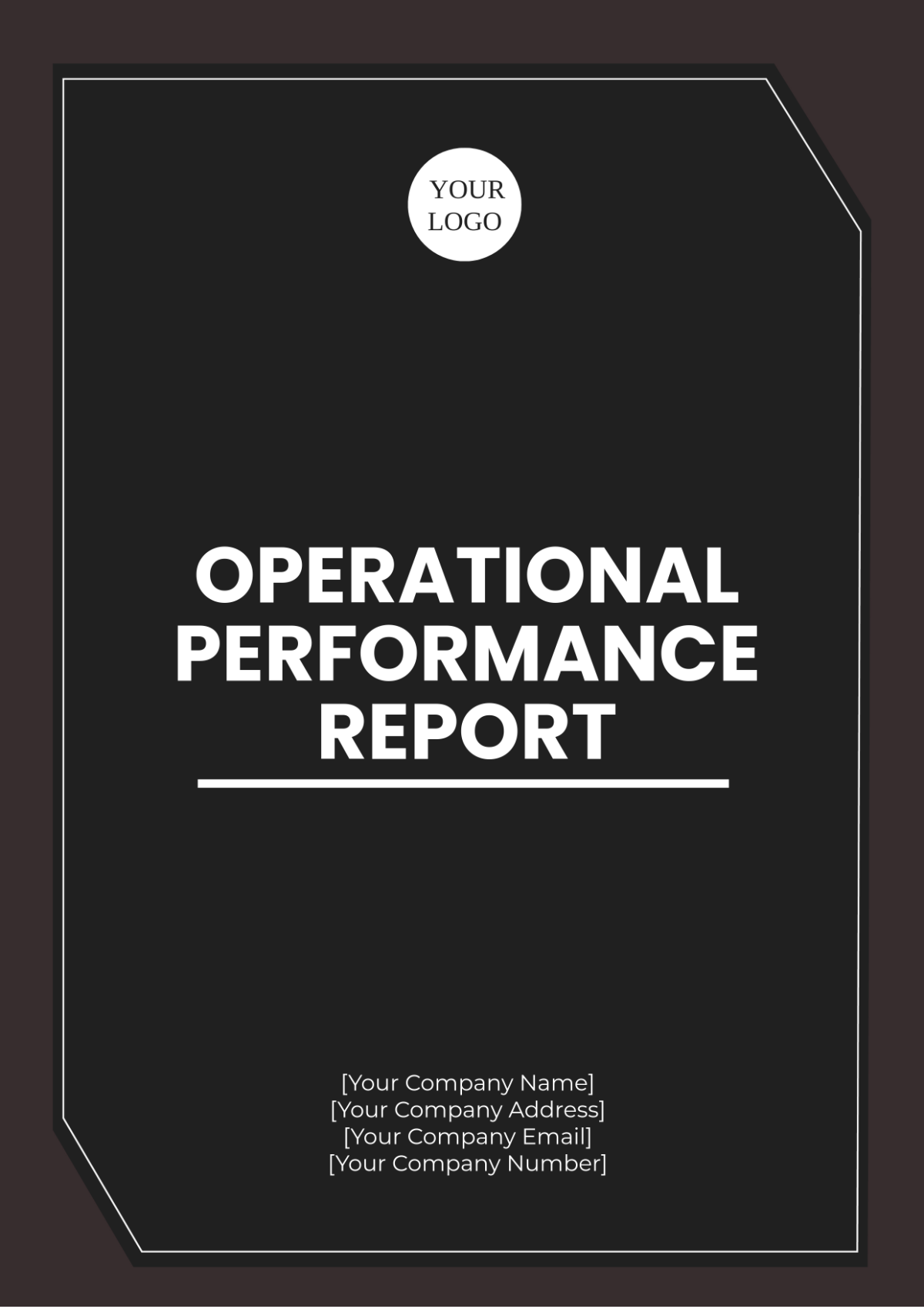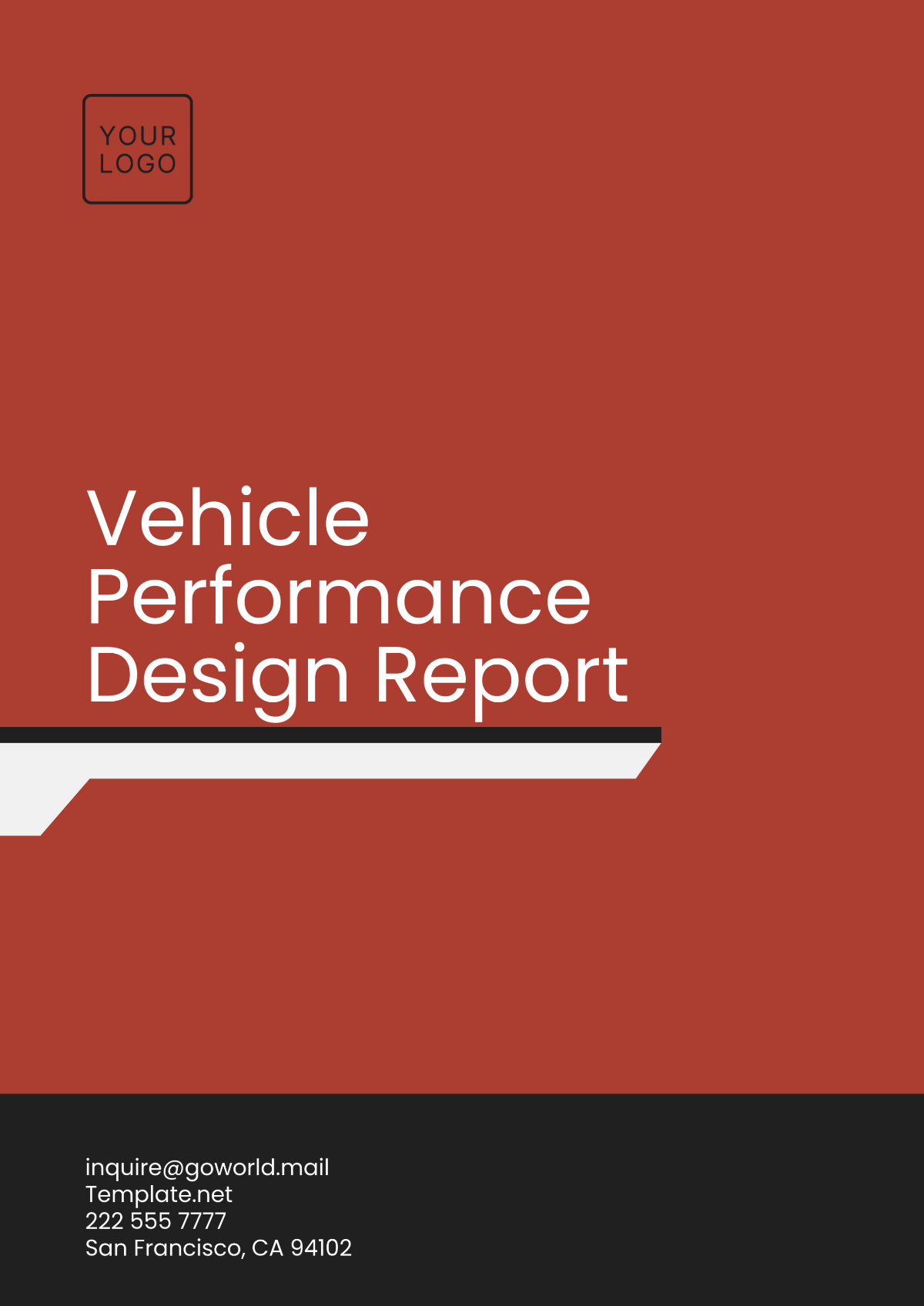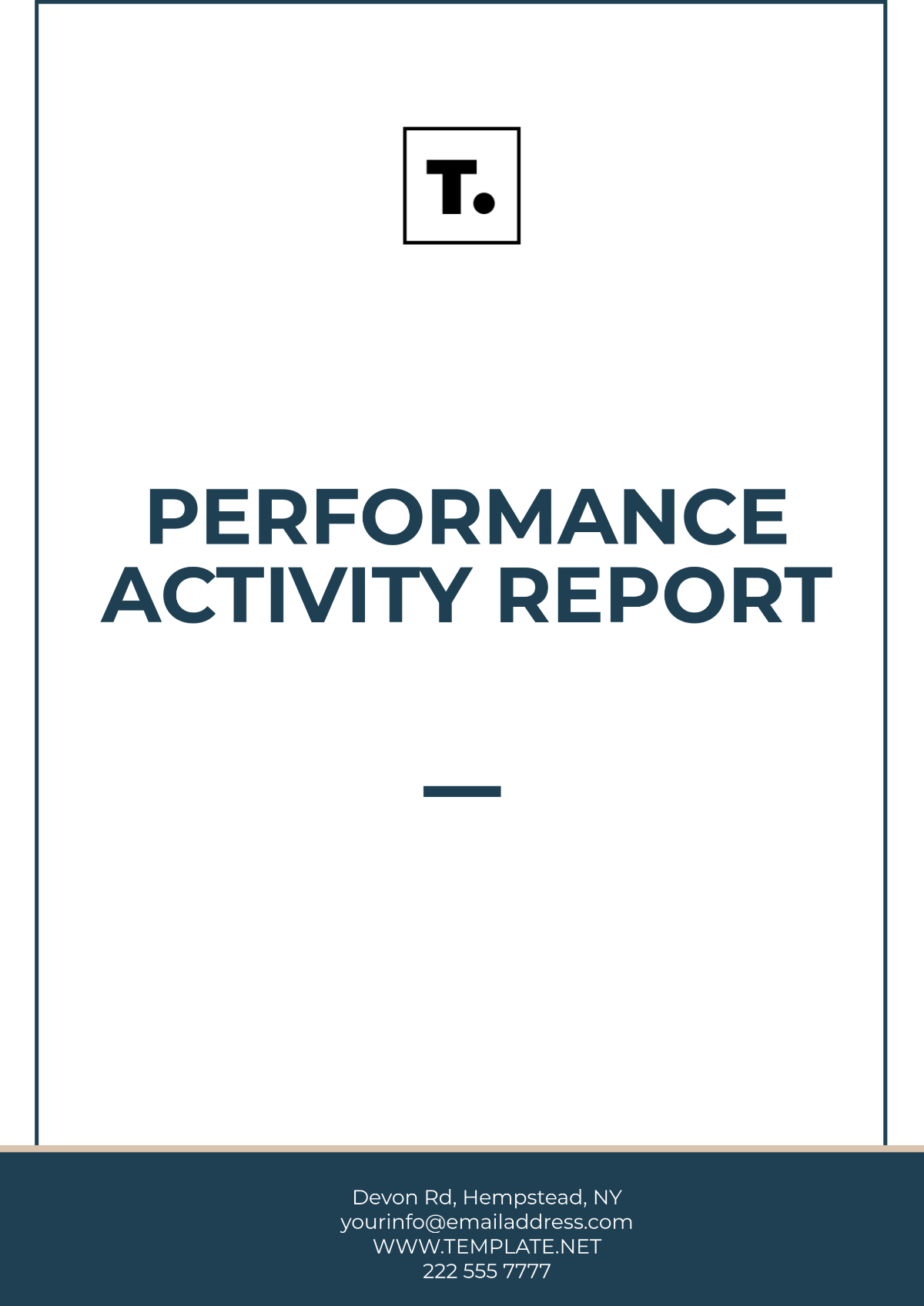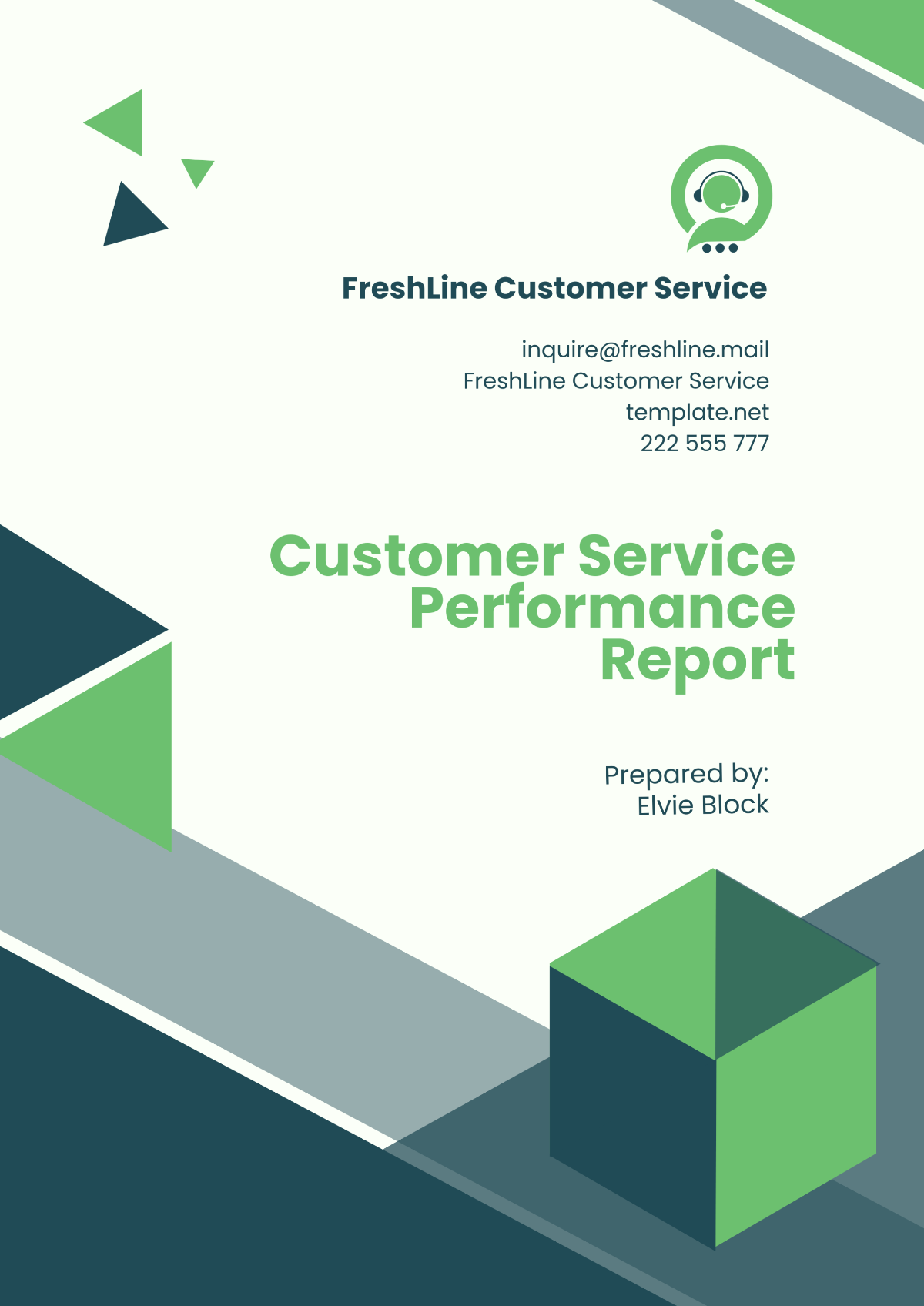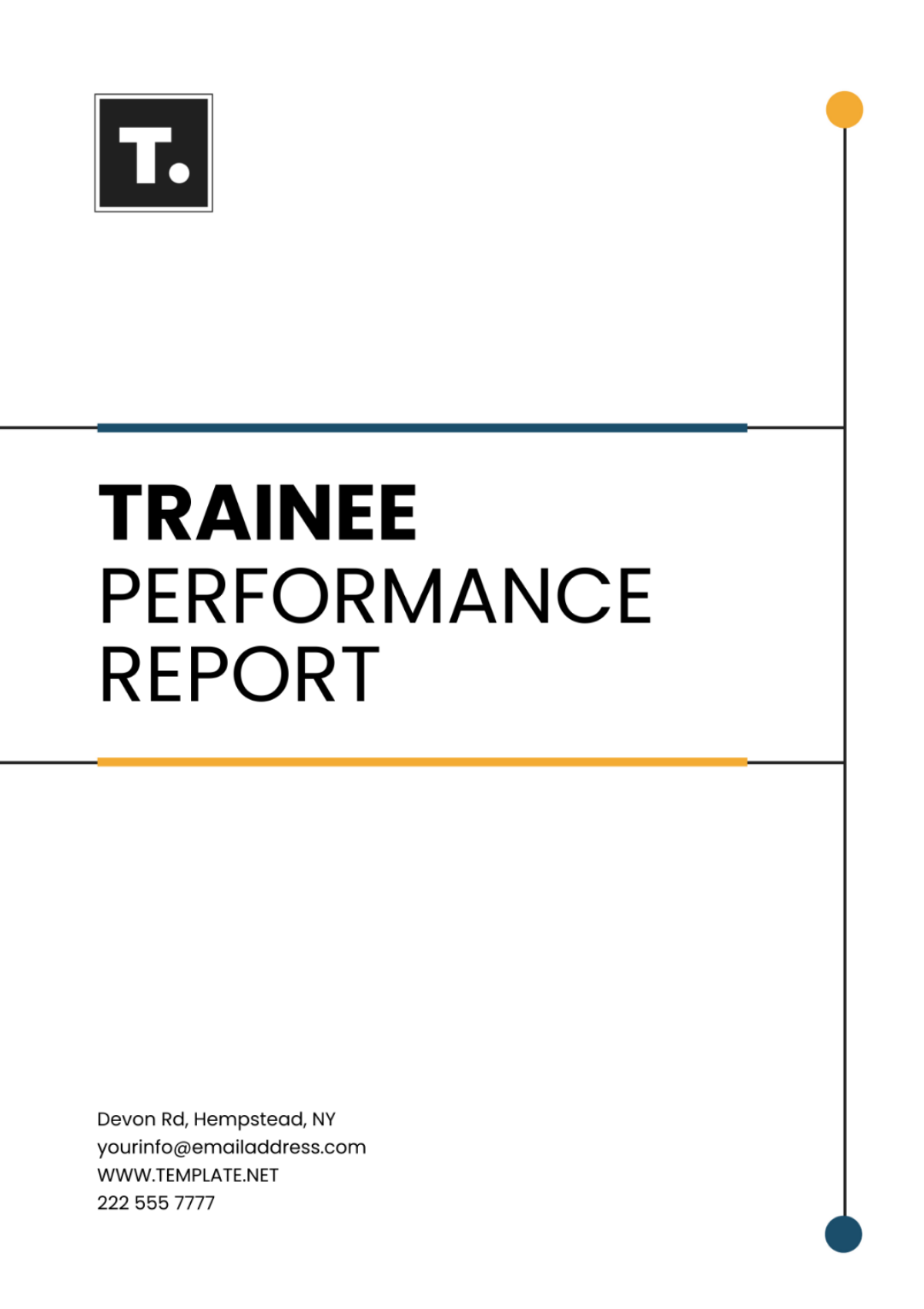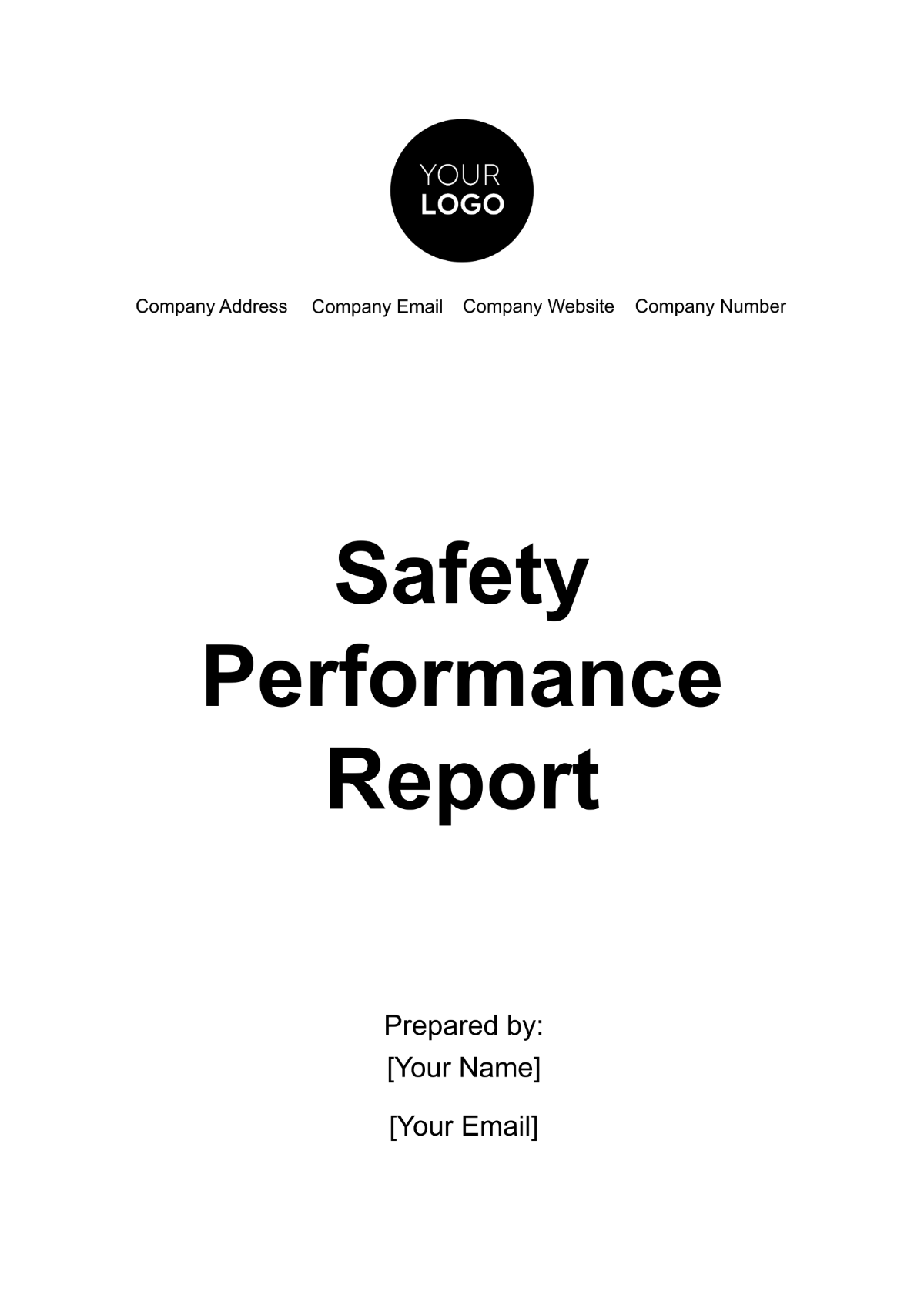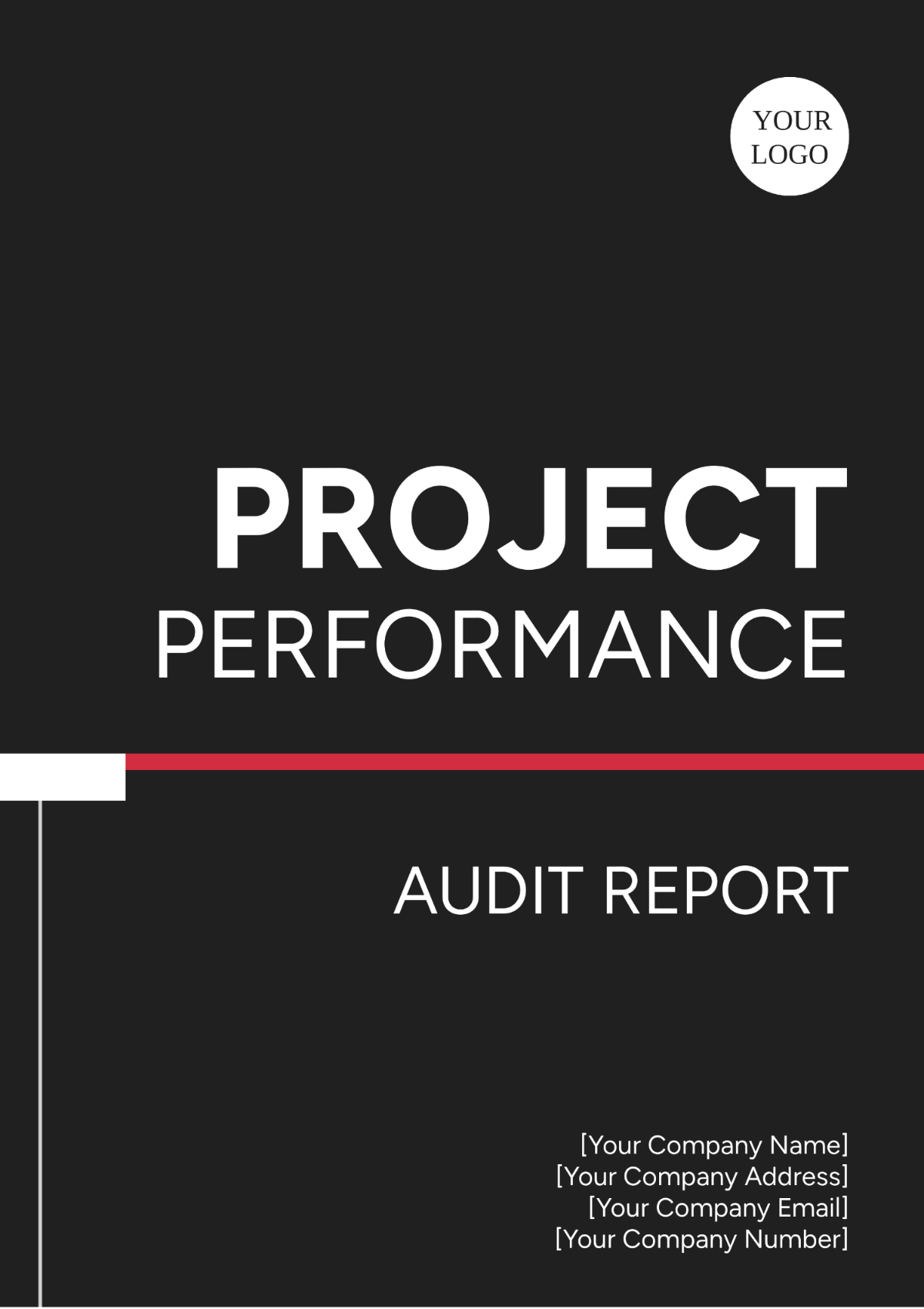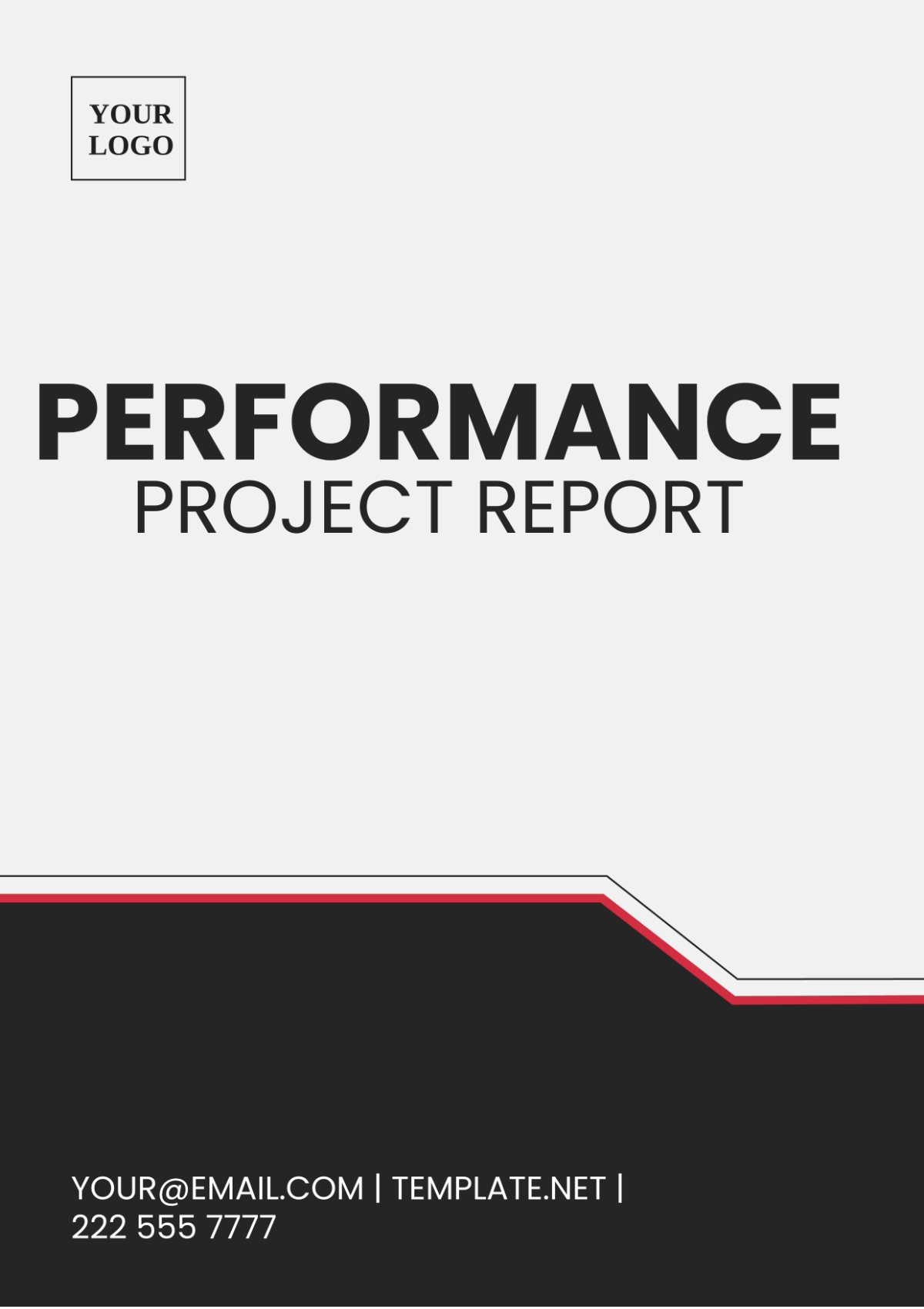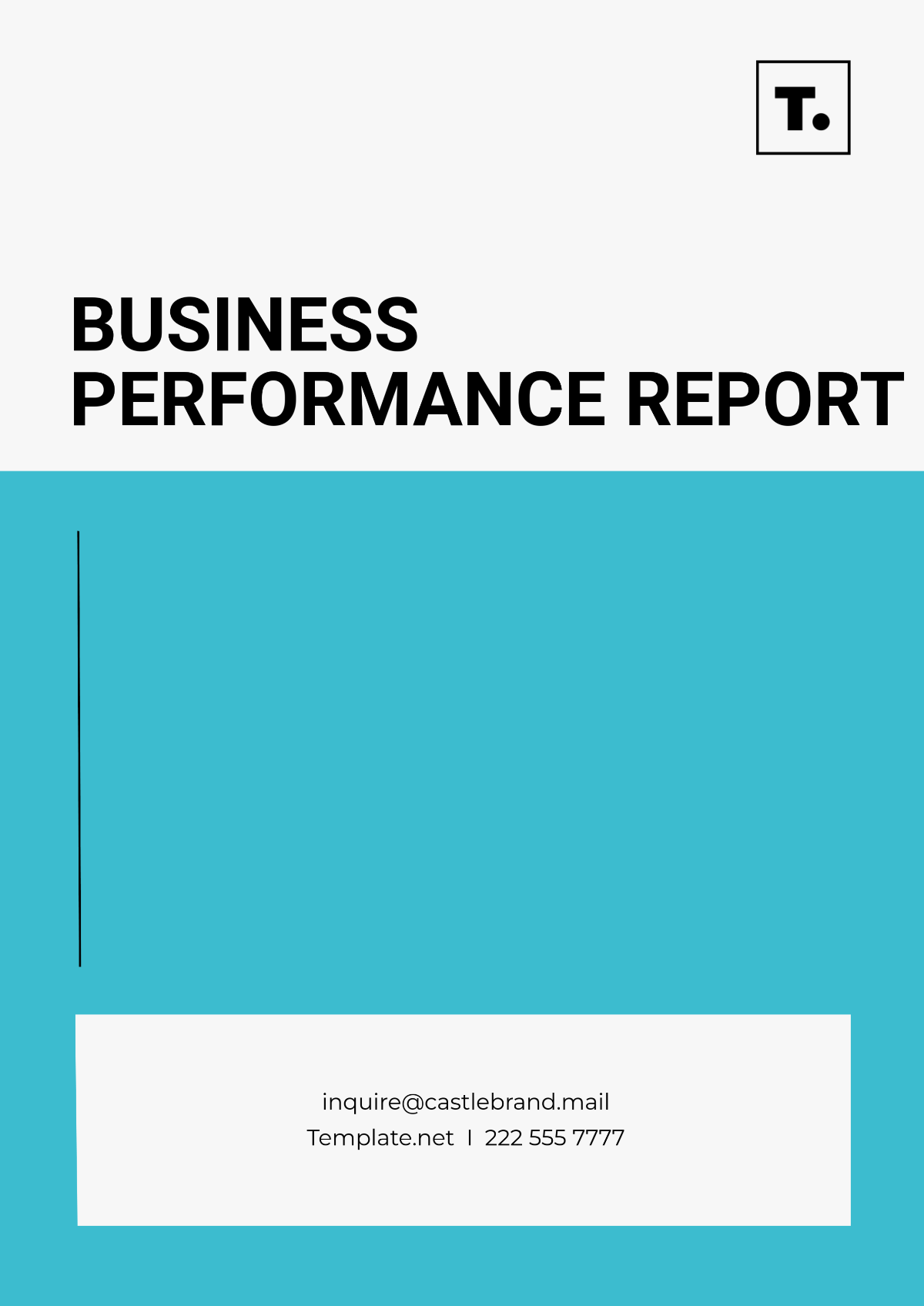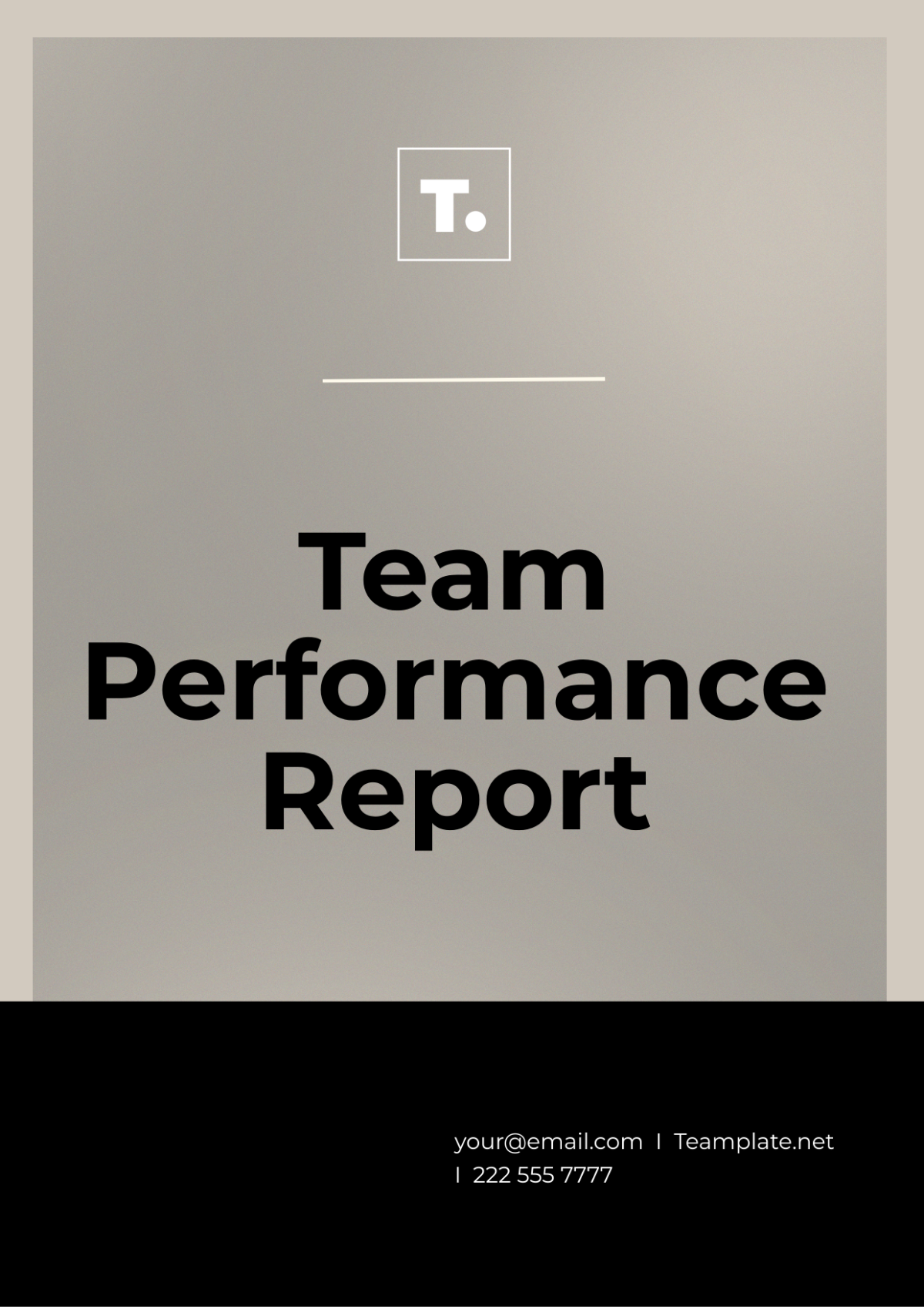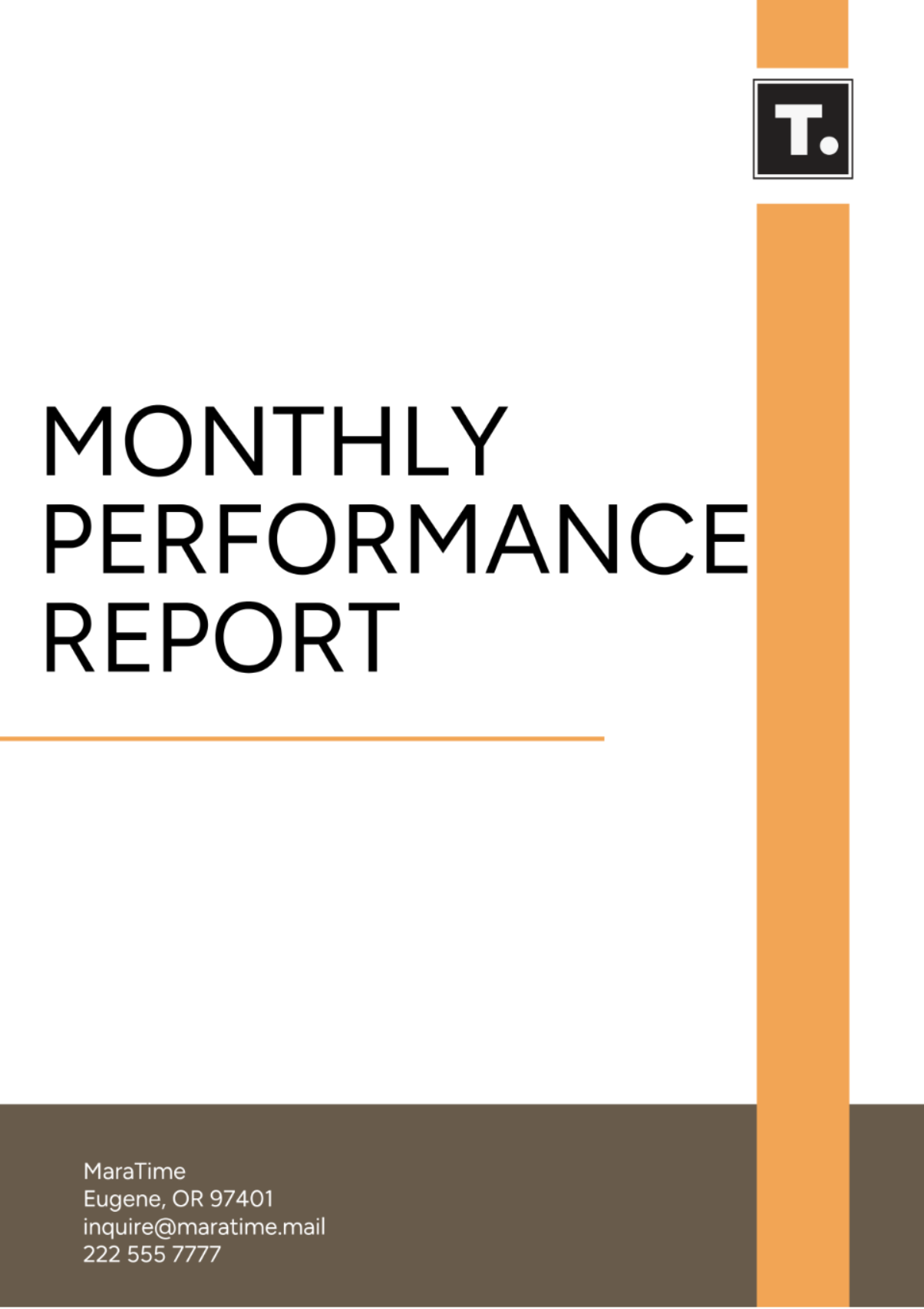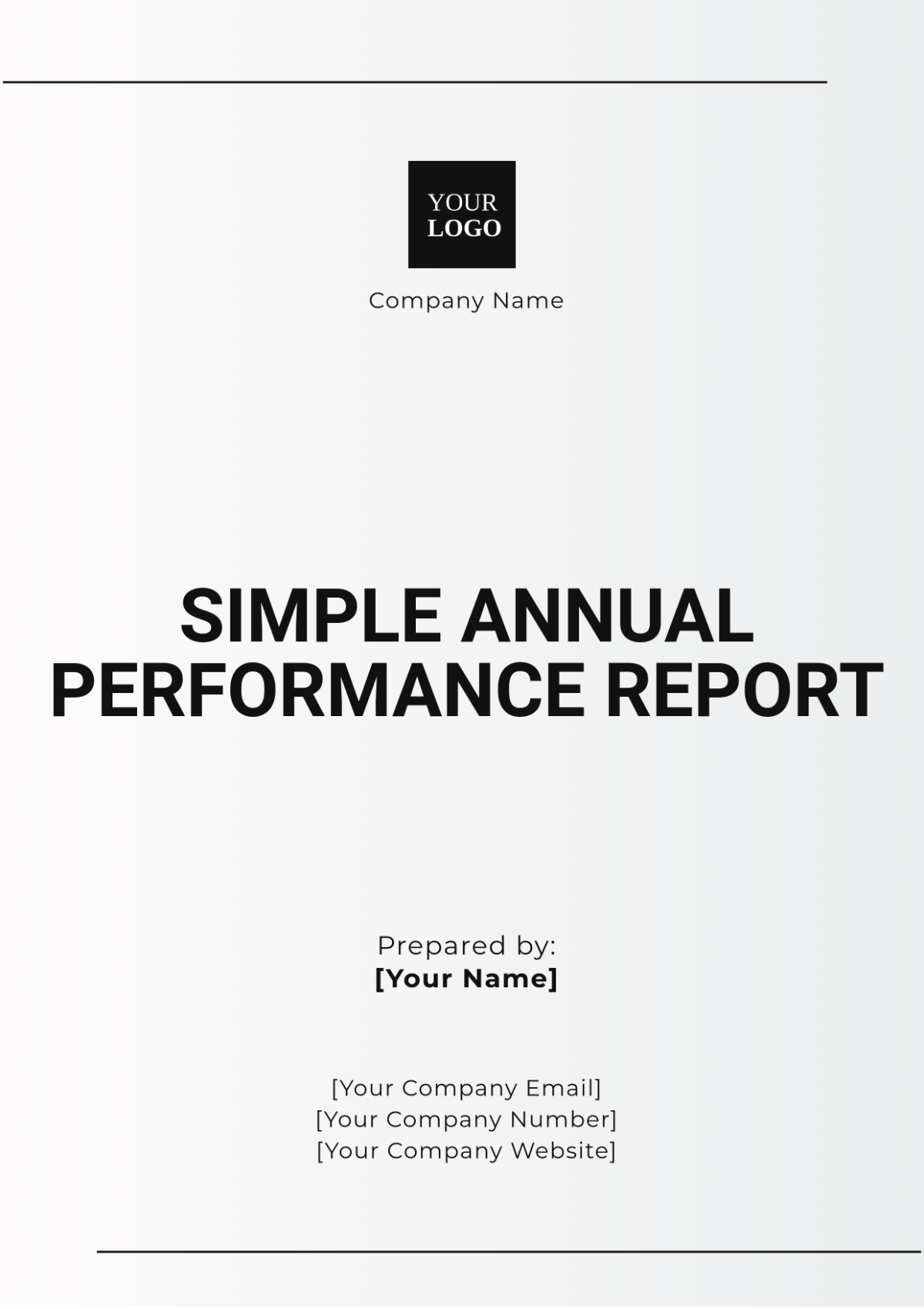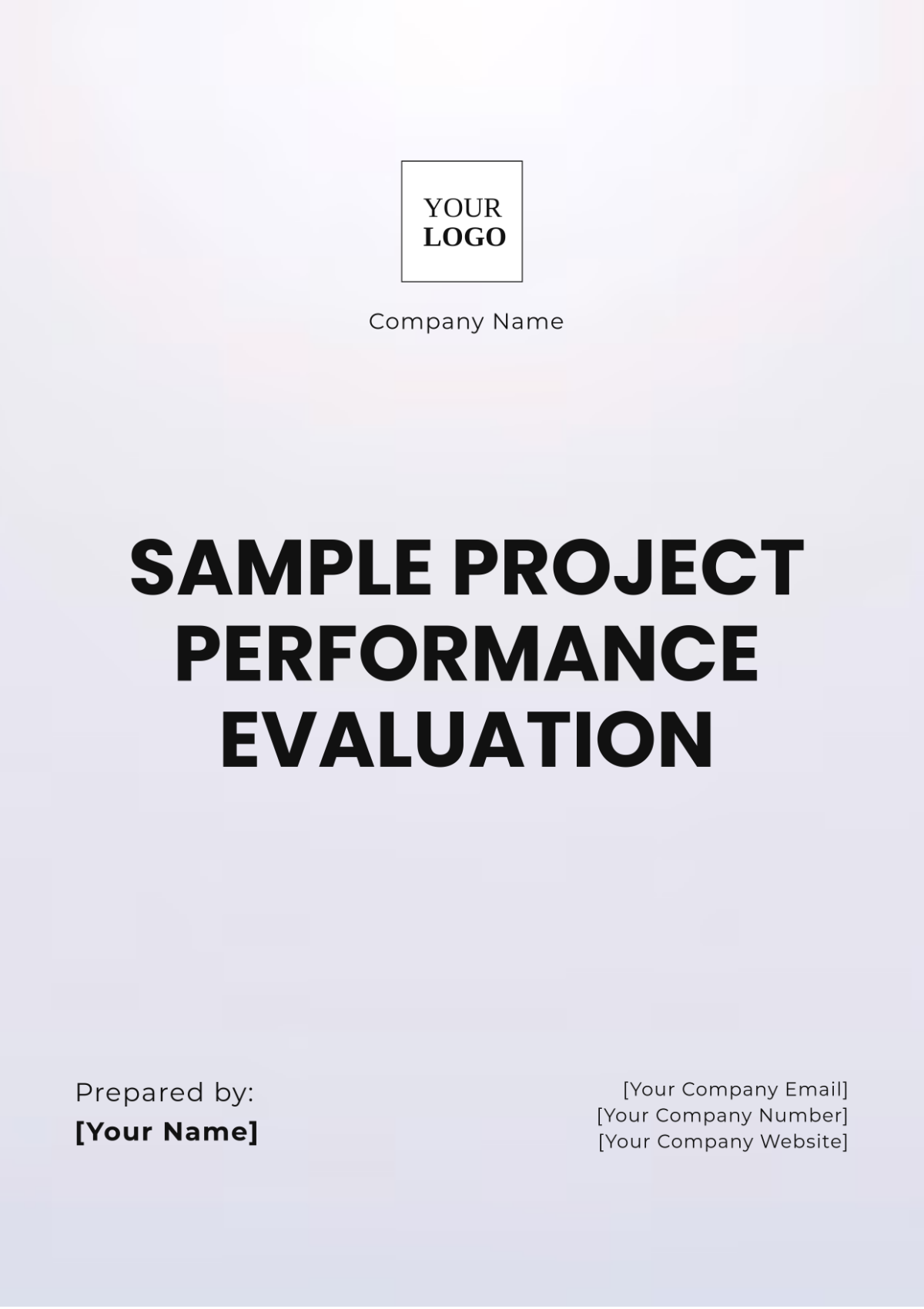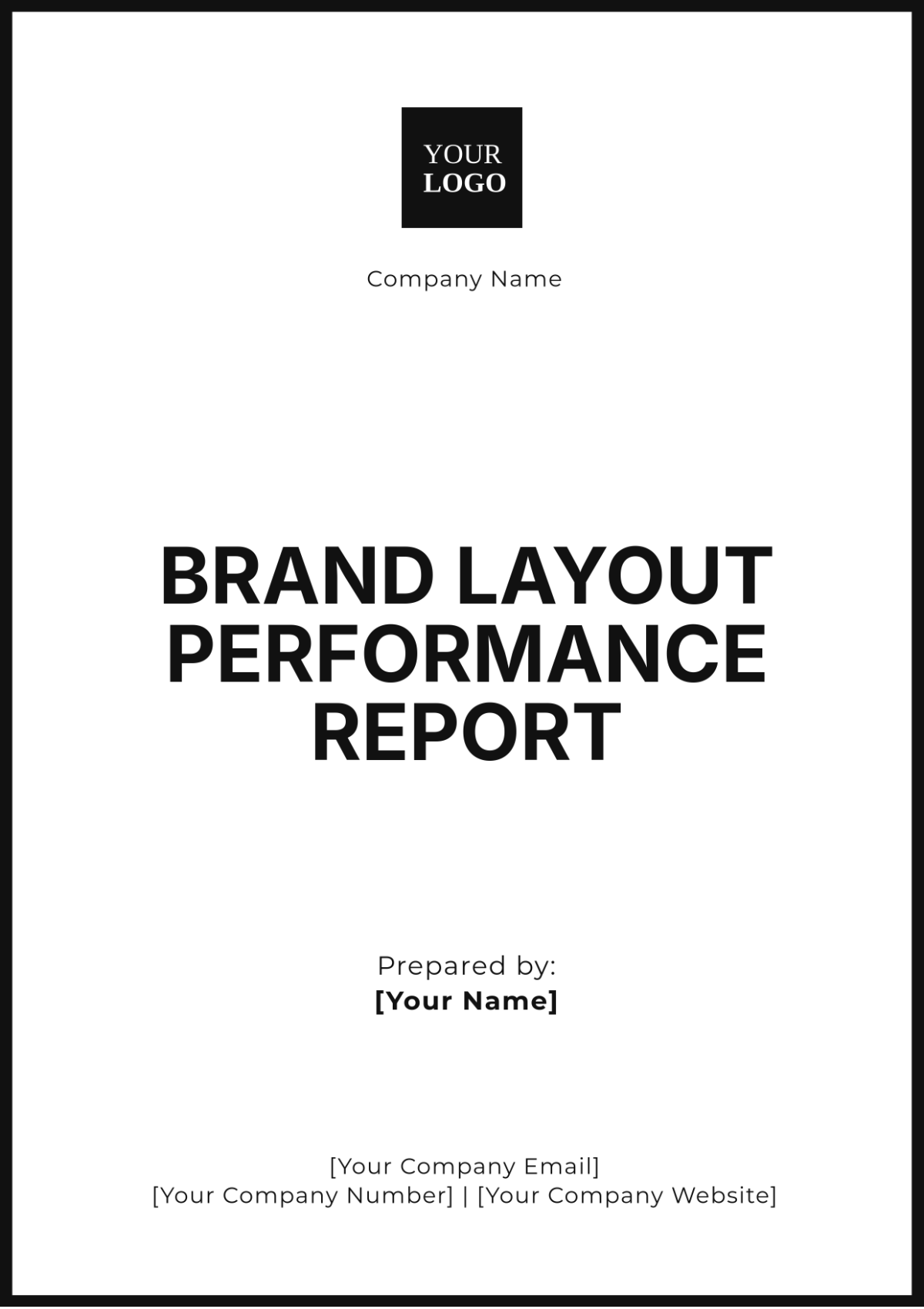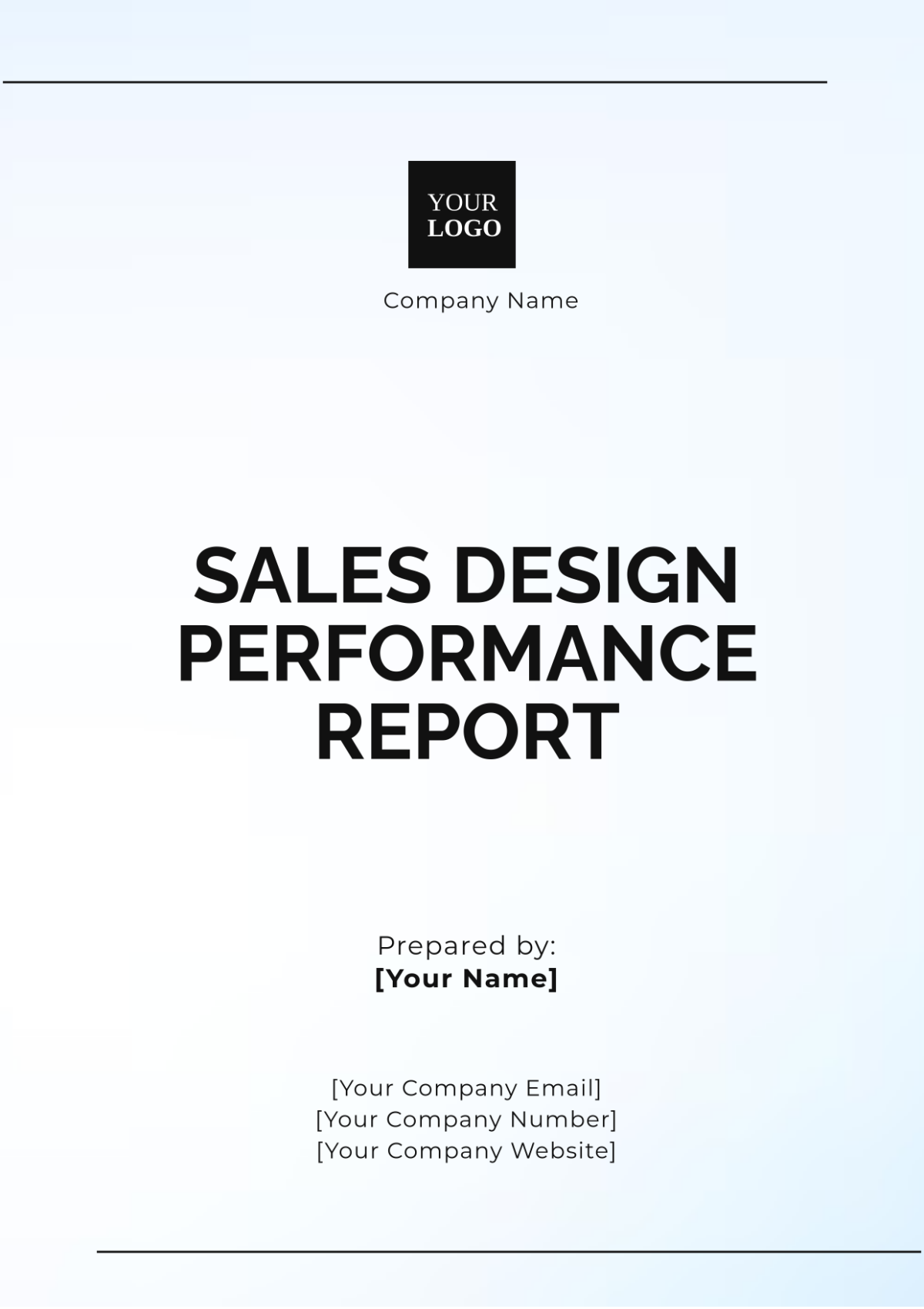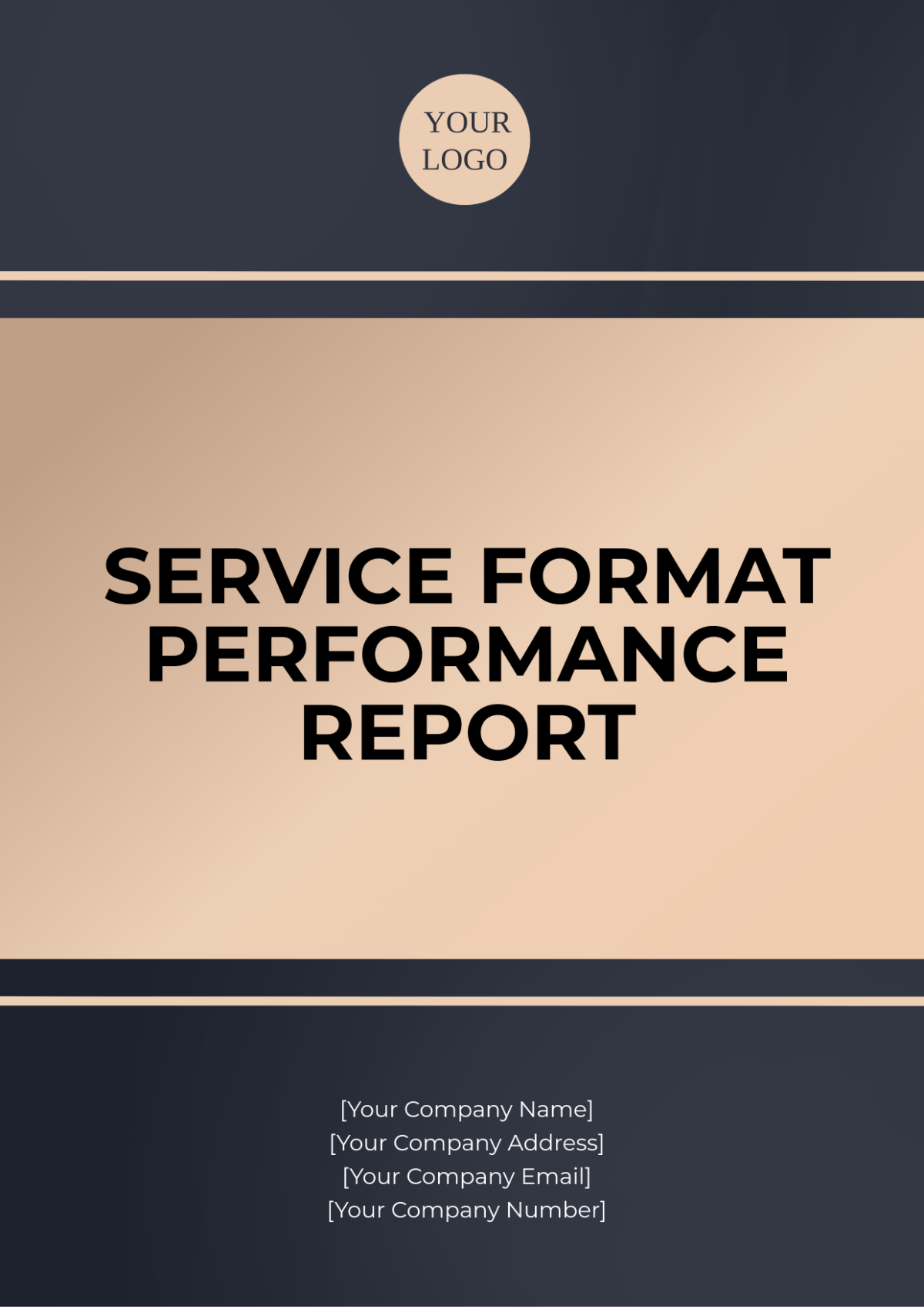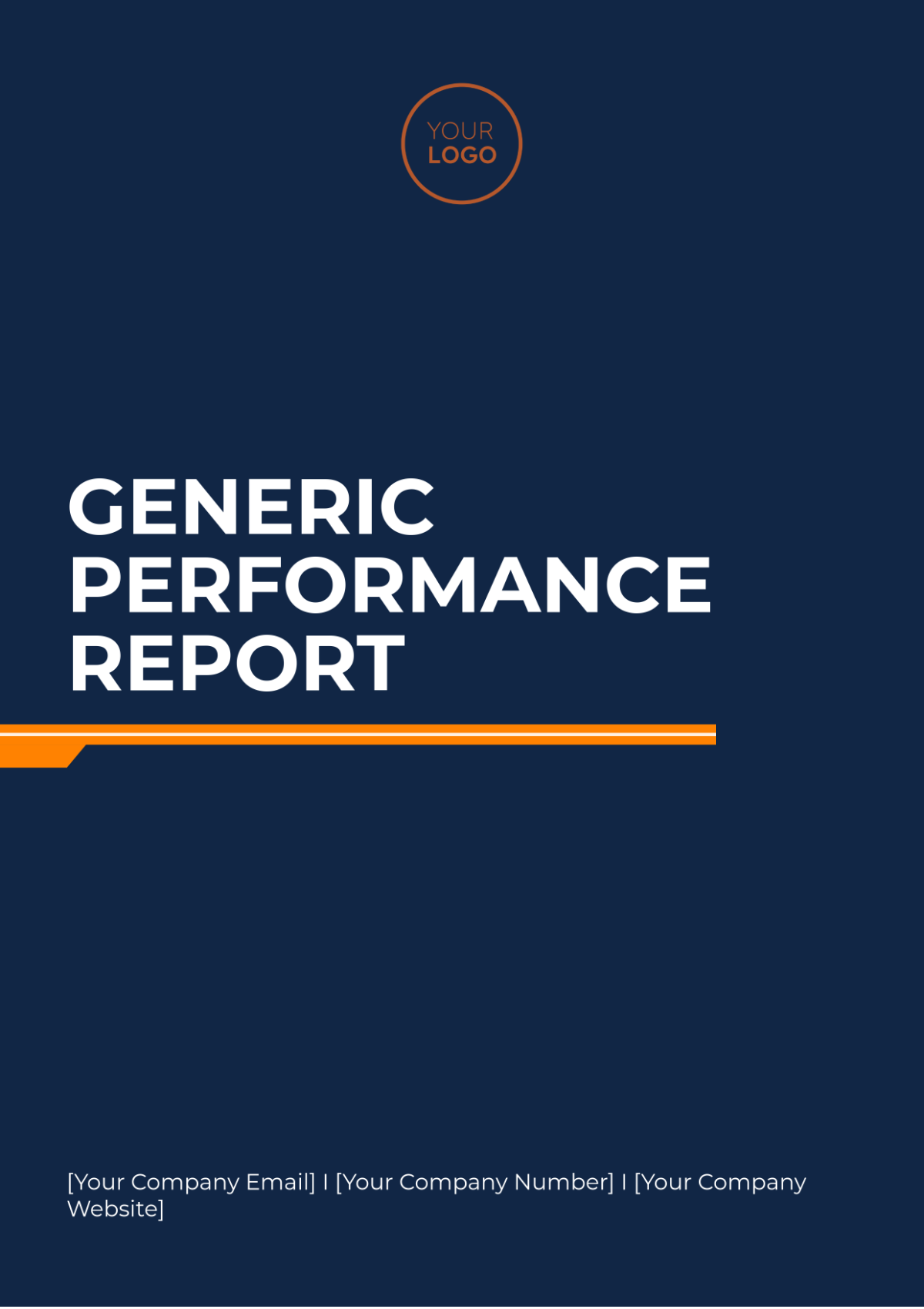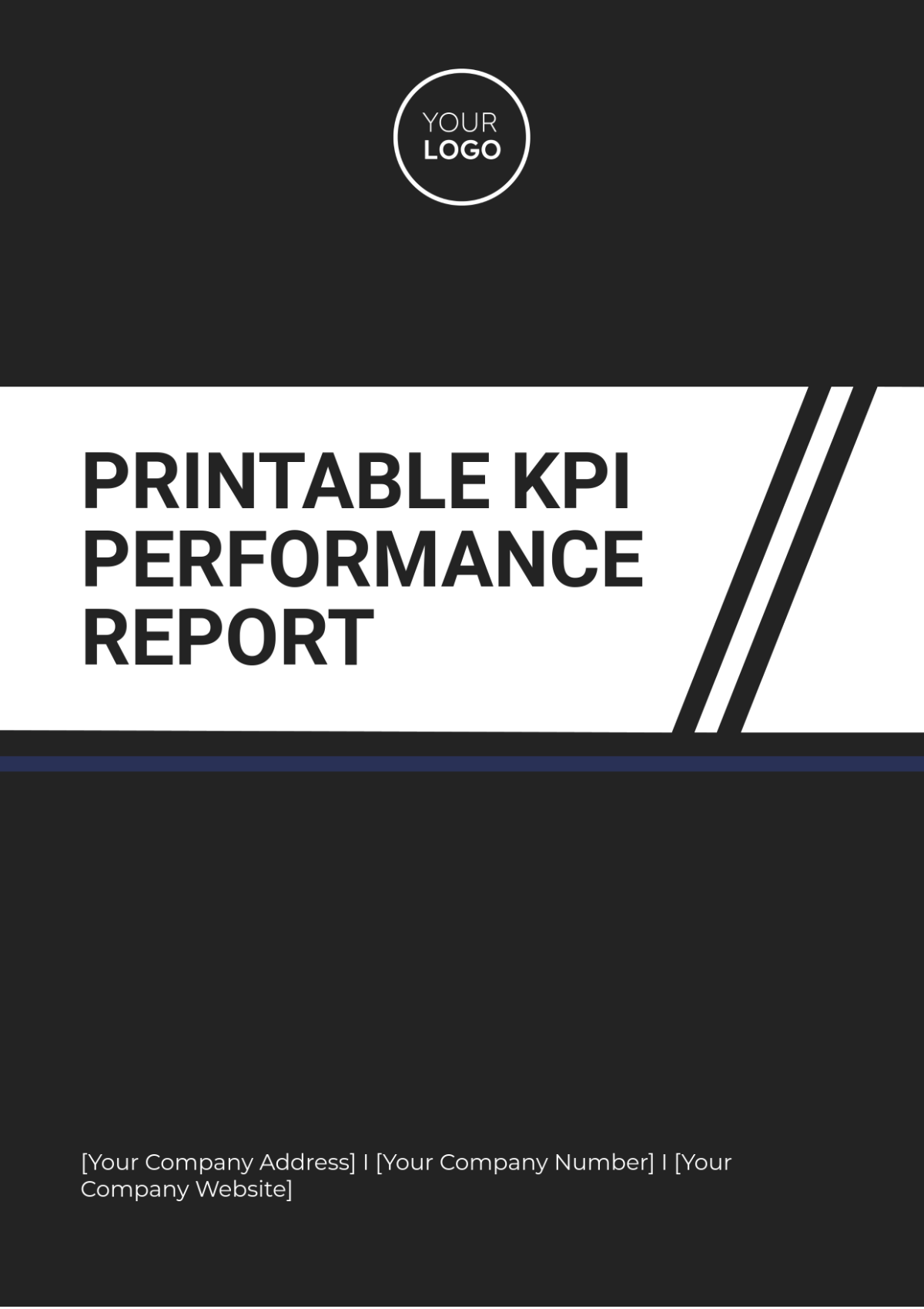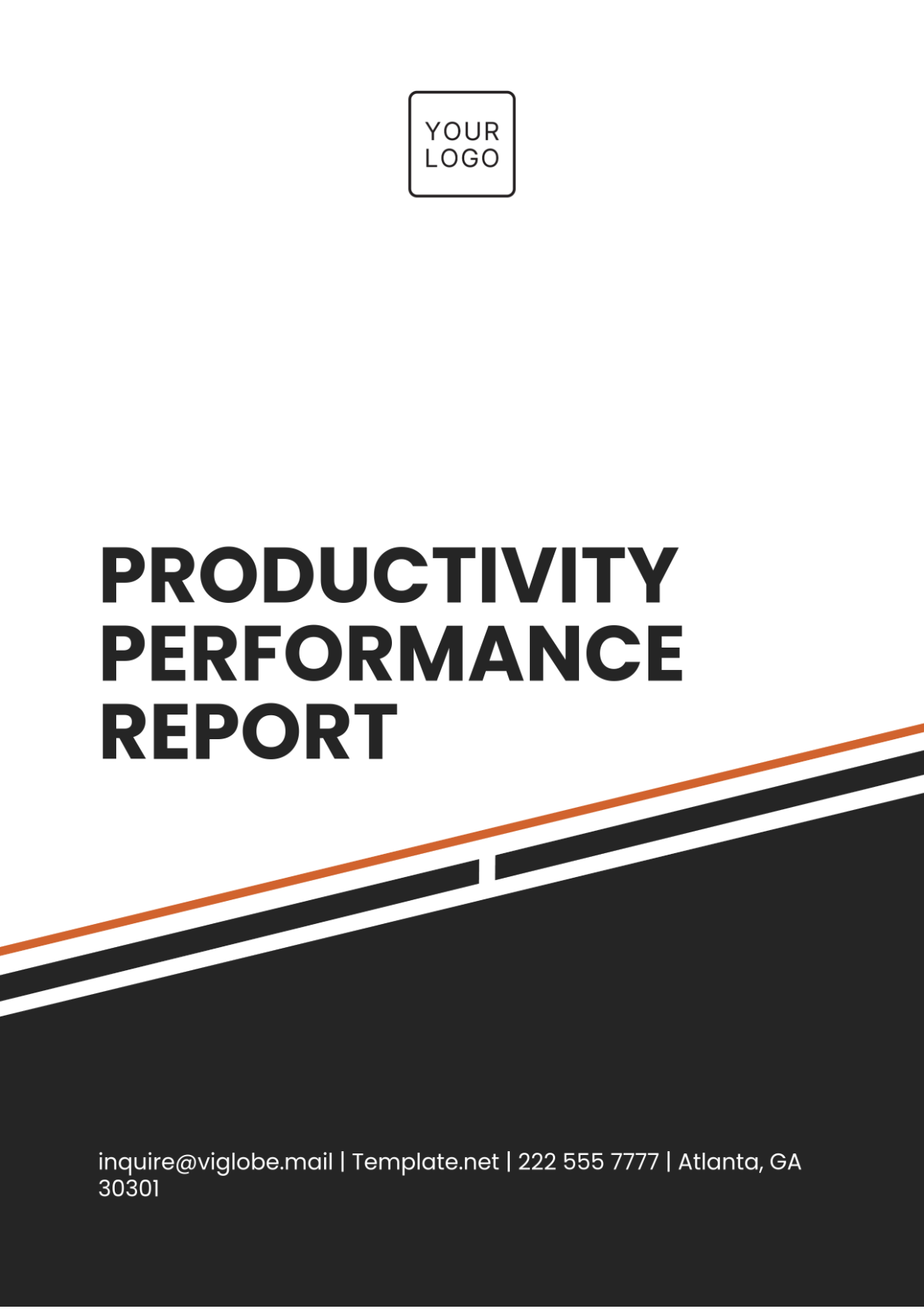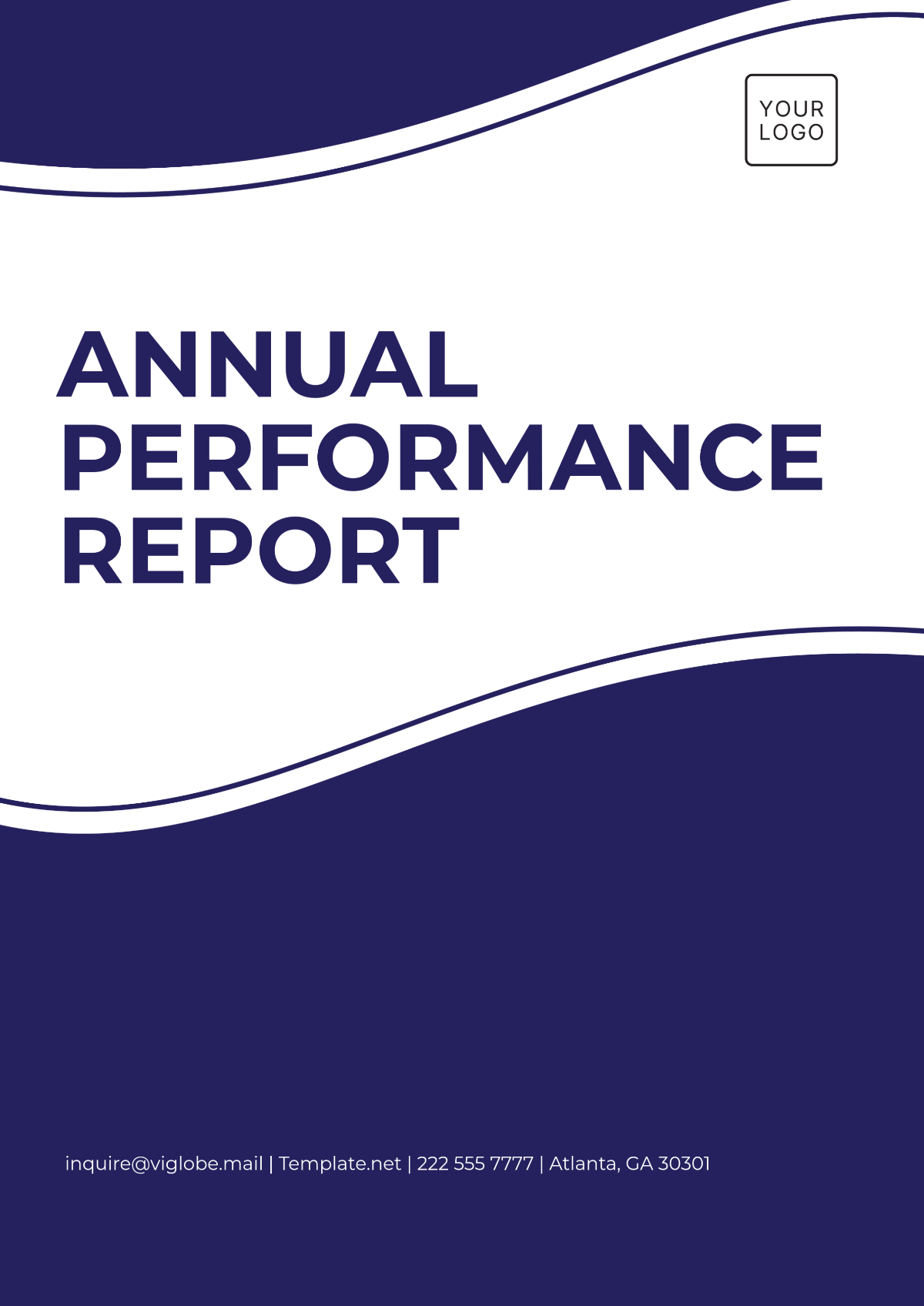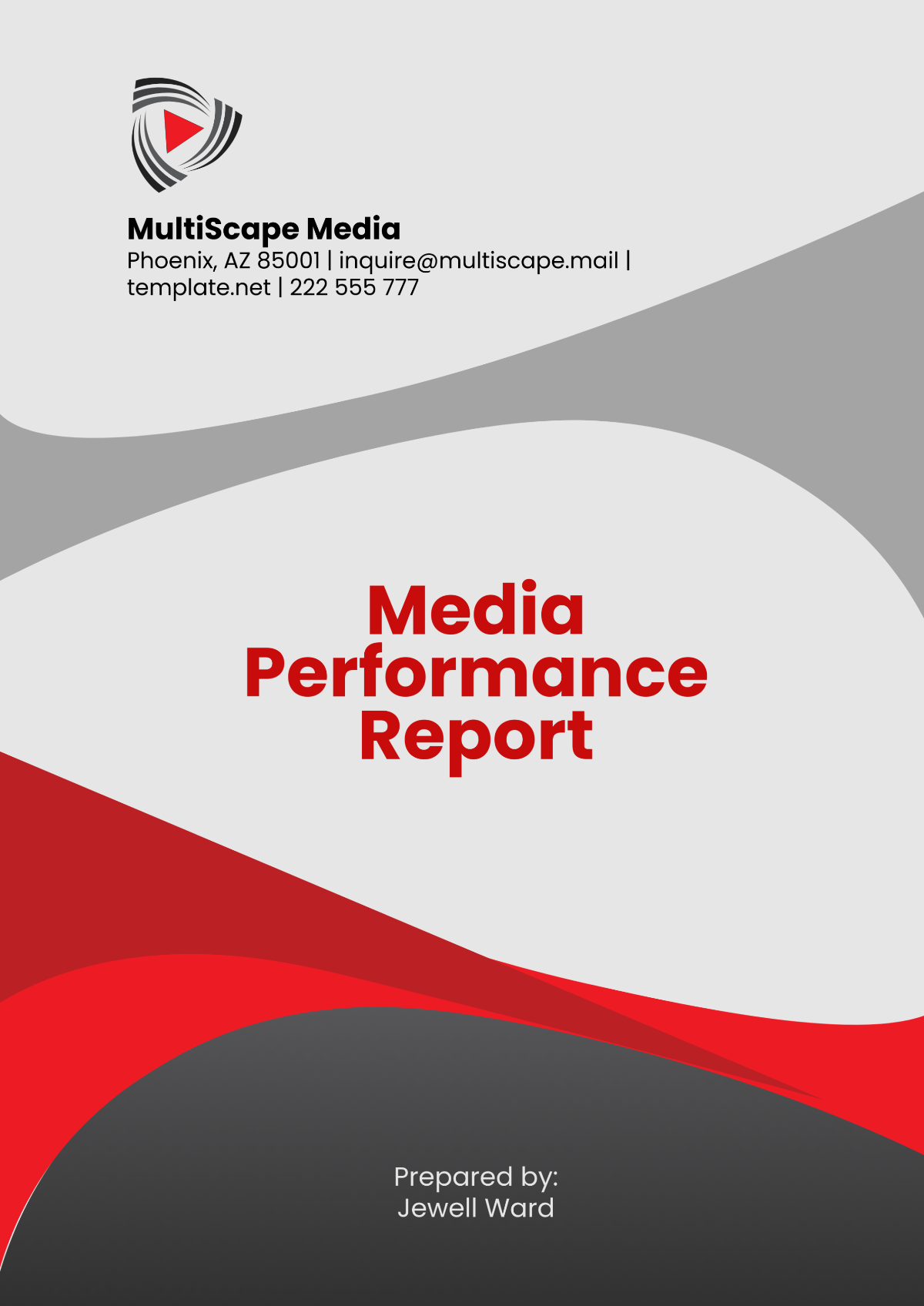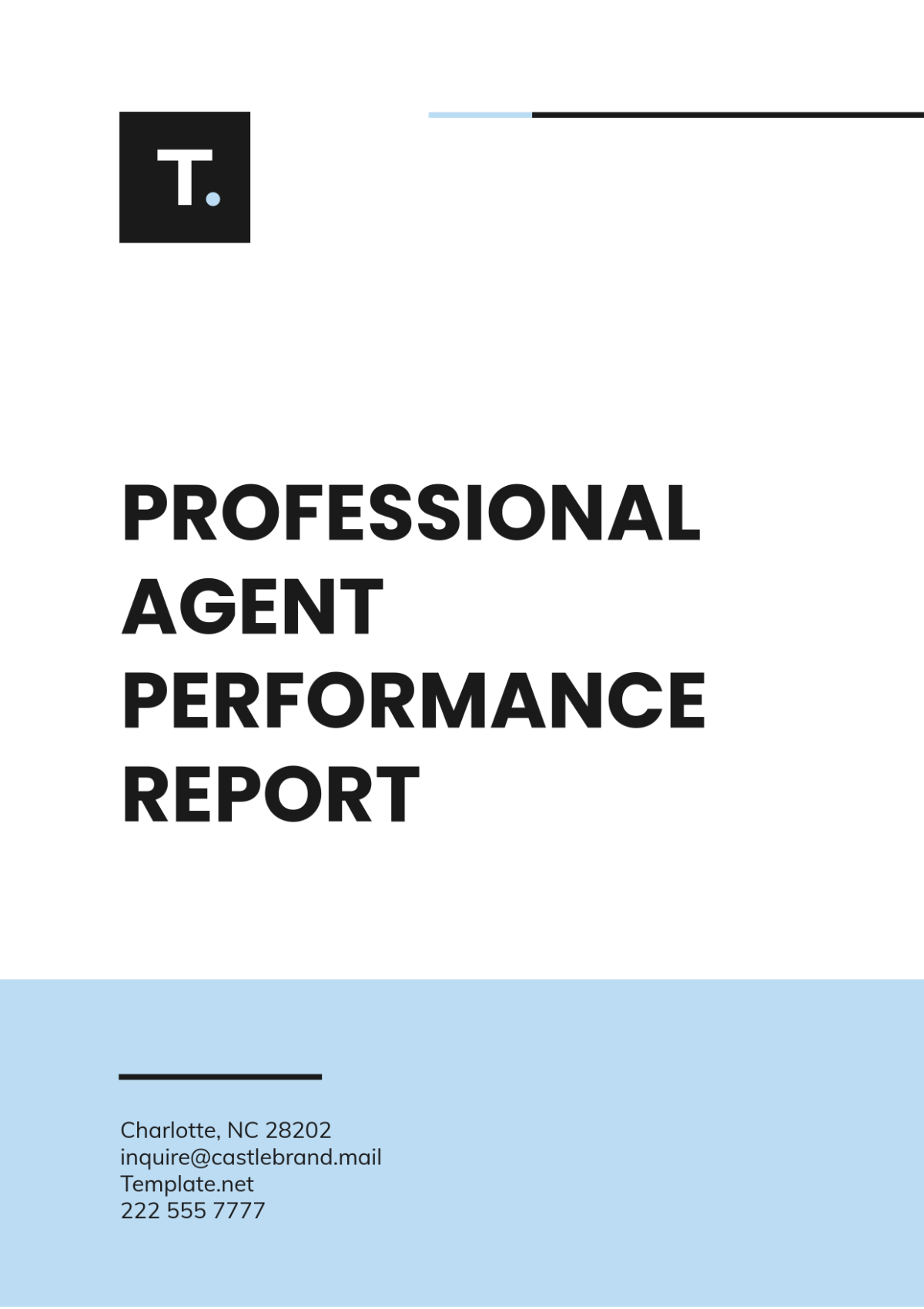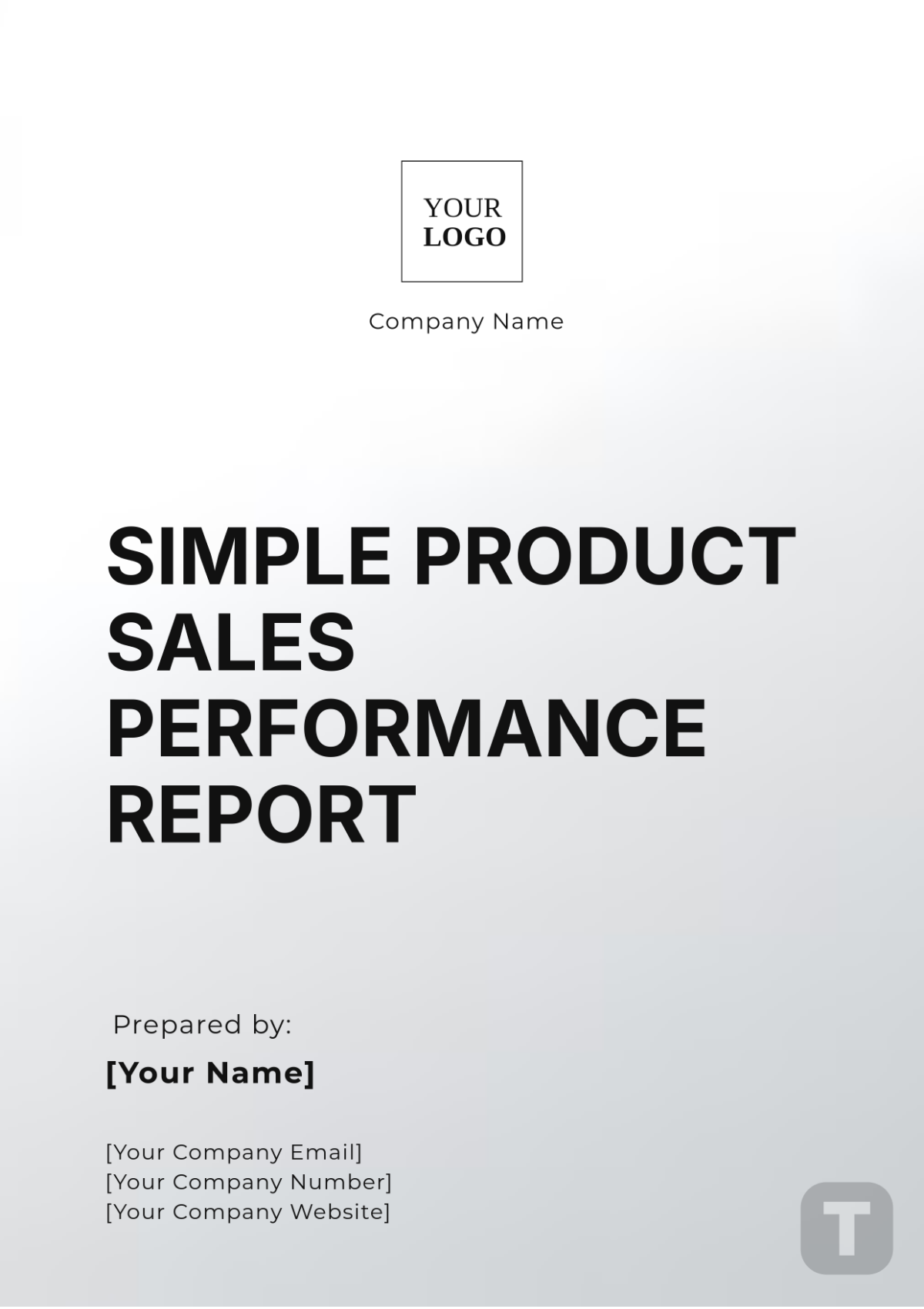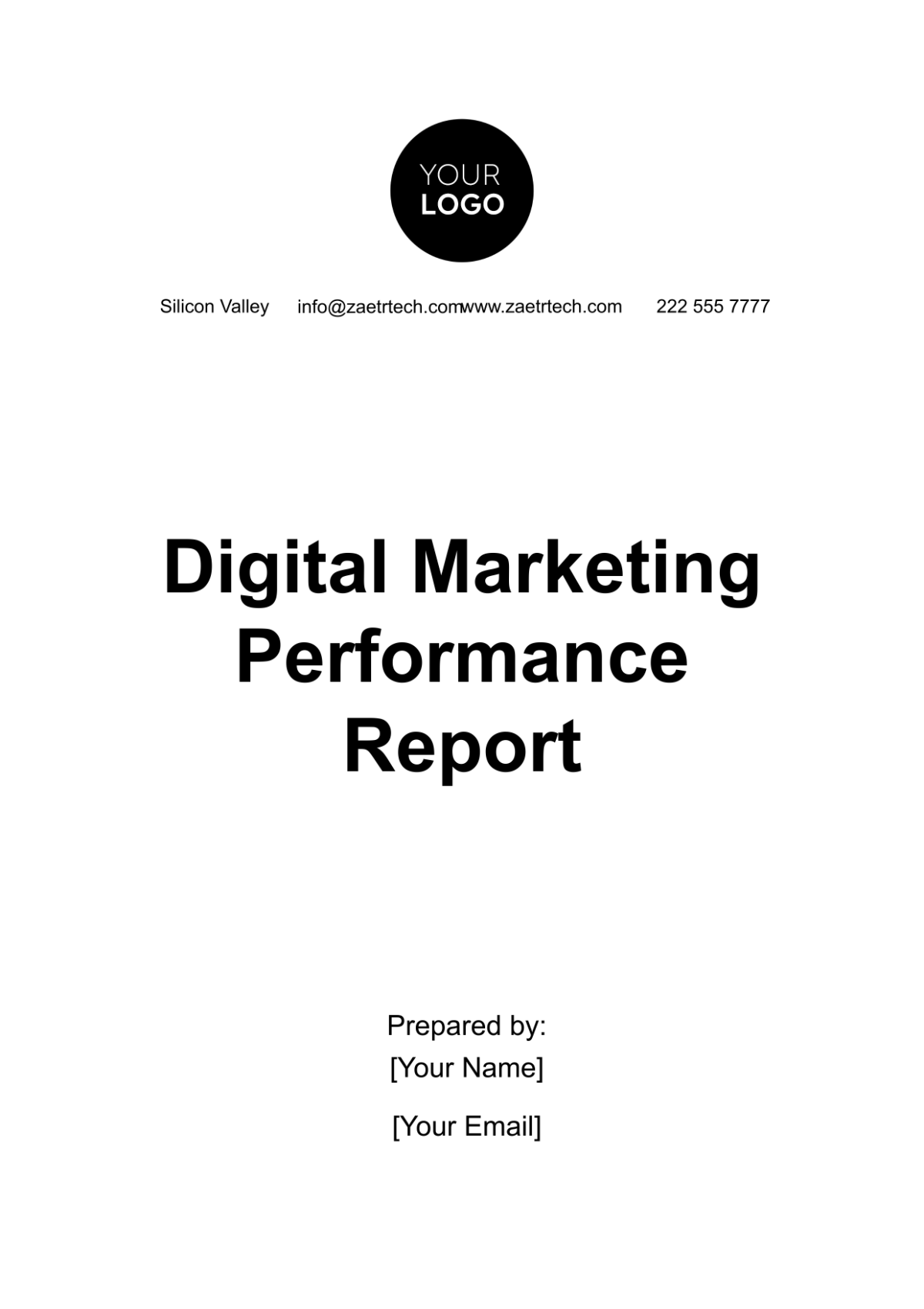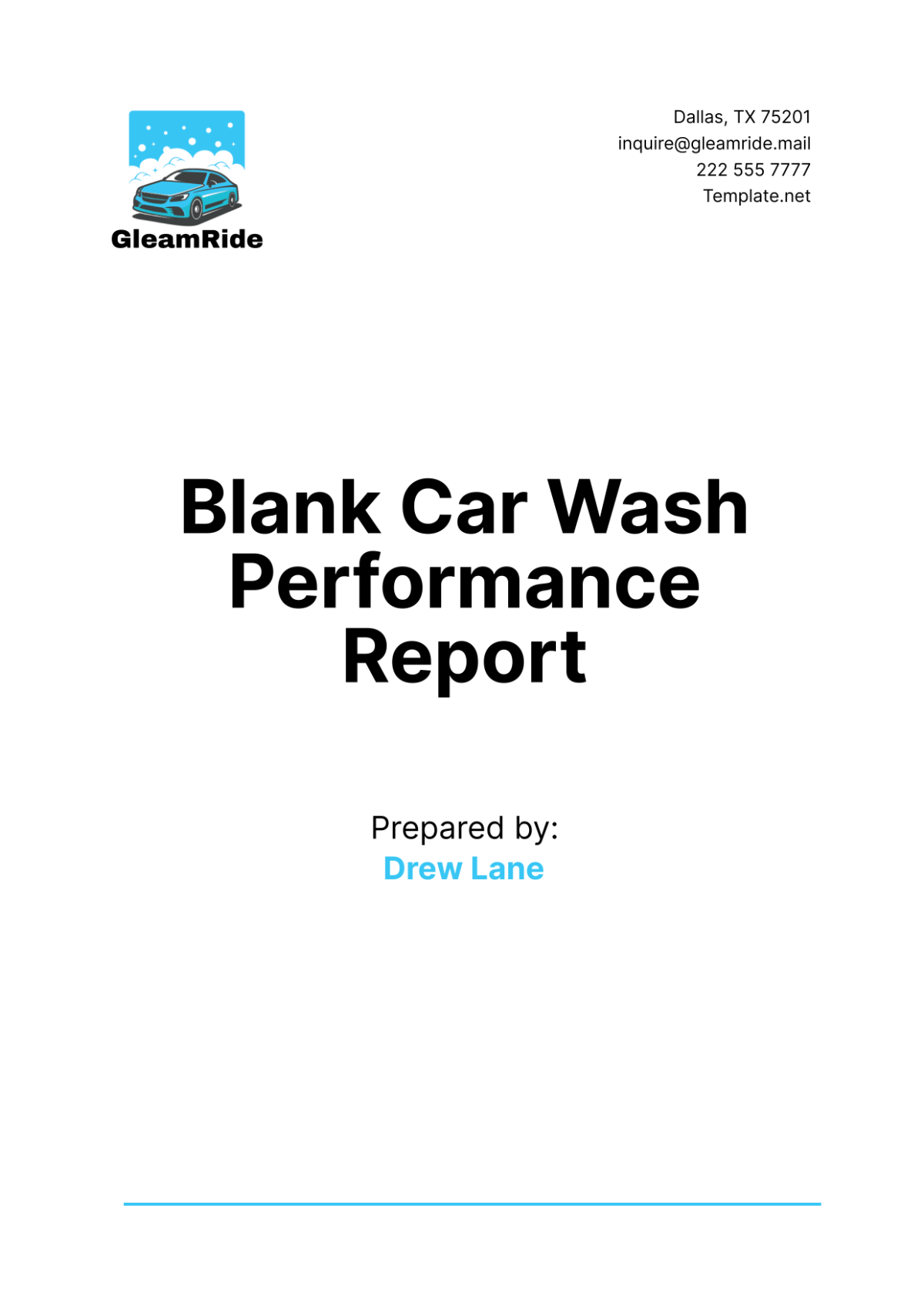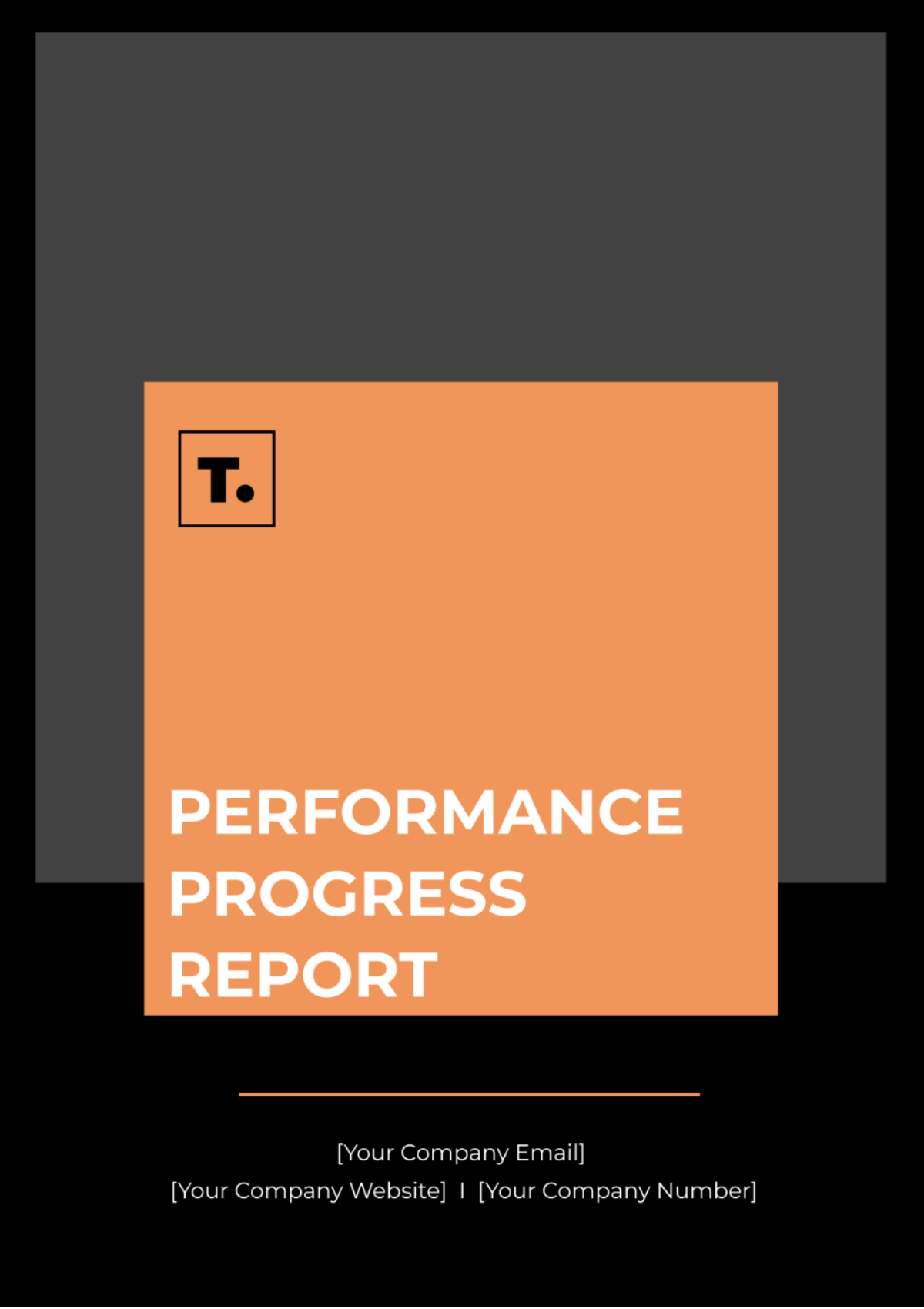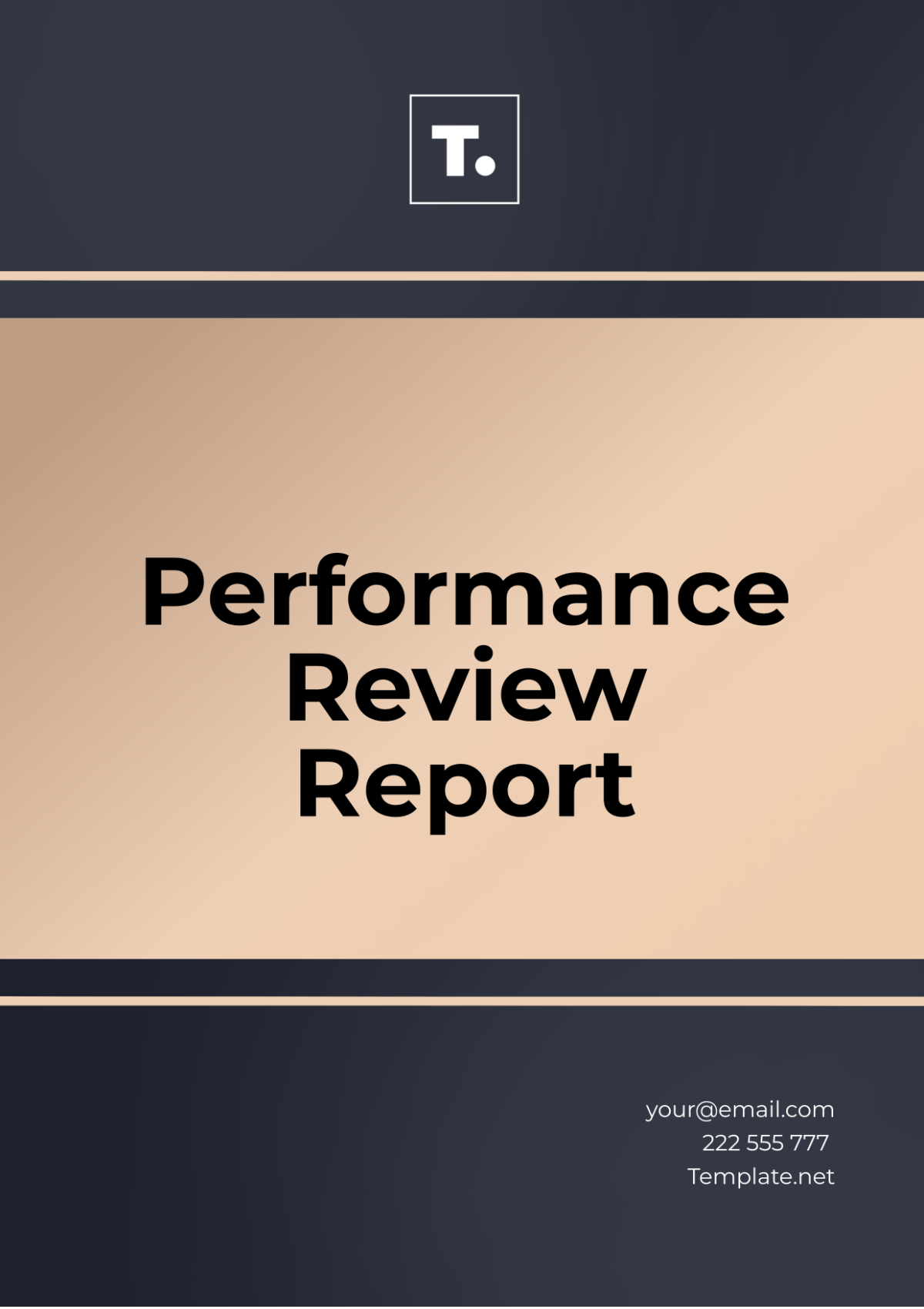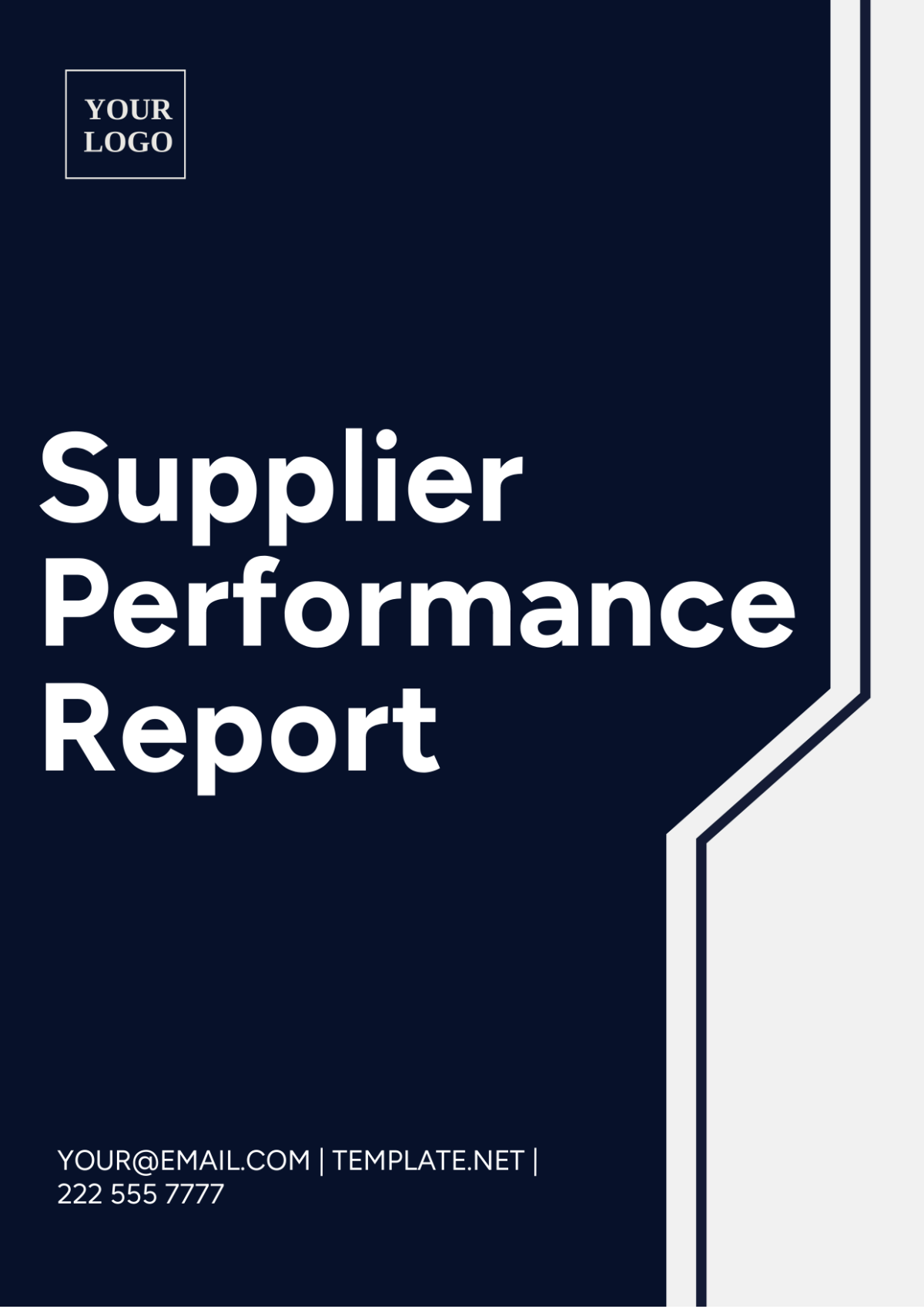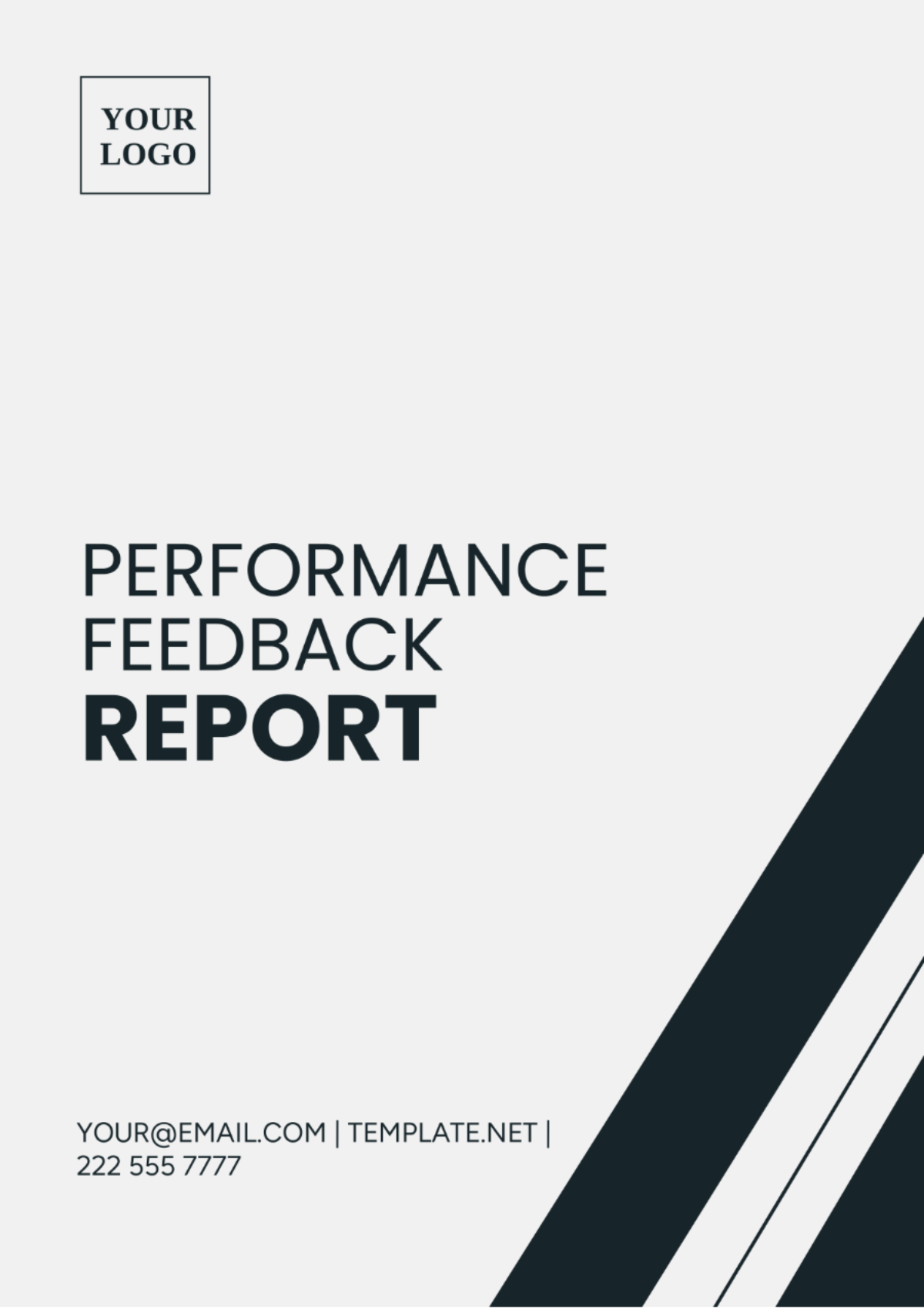Digital Marketing Performance Report
1. Executive Summary
The Digital Marketing Performance Report for [Your Company Name] in 2050 provides an exhaustive review of the company's digital marketing initiatives over the past year. This report delves into various aspects of our digital marketing strategy, focusing on metrics such as website traffic, conversion rates, social media engagement, and the effectiveness of paid media campaigns. Our primary objectives for 2050 included enhancing brand visibility, driving higher user engagement, and improving overall Return on Investment (ROI).
In 2050, [Your Company Name] witnessed substantial growth across multiple digital channels. Website traffic surged to [2 million] monthly visitors, reflecting a robust [35%] increase from 2049. This growth was fueled by enhanced Search Engine Optimization (SEO) techniques, the deployment of more engaging content, and strategic investments in paid media. Conversion rates across various channels experienced a [10%] uplift, with notable improvements in paid search campaigns, which demonstrated the highest increase in conversion efficiency.
Social media engagement saw a significant boost of [25%] due to targeted campaigns and influencer partnerships on platforms such as Meta Networks and LinkedIn 3.0. The total digital marketing budget for the year was [$5 million], strategically allocated across several channels to maximize reach and effectiveness. The ROI for our digital marketing initiatives rose impressively by [50%], driven by effective optimization of both paid and organic strategies.
This report outlines the key drivers behind these performance metrics, provides a detailed analysis of each marketing channel, and offers strategic recommendations to guide our digital marketing efforts in 2051.
2. Introduction
2.1 Purpose of the Report
The primary aim of this report is to deliver a thorough evaluation of [Your Company Name]'s digital marketing performance throughout 2050. This analysis serves to provide actionable insights into the effectiveness of our digital marketing strategies, identify the successes and challenges encountered during the year, and guide future marketing decisions. By analyzing data from various digital platforms and channels, we seek to understand how our marketing efforts contributed to achieving overall business objectives and to refine our approach for the upcoming year.
2.2 Scope
This report encompasses a comprehensive review of the performance of all key digital marketing channels employed by [Your Company Name] throughout 2050. This includes an evaluation of website performance, SEO, paid search campaigns, social media marketing, email marketing, and affiliate marketing. Additionally, it provides insights into audience demographics, behavioral patterns, and geographic trends. The financial aspects of our digital marketing efforts, including budget allocation and ROI, are also thoroughly examined. The report concludes with strategic recommendations aimed at optimizing digital marketing strategies for the year 2051.
3. Digital Marketing Objectives and Goals
3.1 Overall Strategy
In 2050, [Your Company Name] implemented a multifaceted digital marketing strategy with the overarching goal of strengthening brand presence, increasing user engagement, and enhancing conversion rates. This strategy involved a data-driven approach, leveraging advanced AI tools to analyze consumer behavior and tailor marketing efforts accordingly. We focused on delivering personalized content to our target audience, optimizing our website for better user experience, and ensuring that our paid media campaigns were aligned with our strategic objectives.
The strategy also emphasized cross-channel integration, ensuring a cohesive message across all platforms, from our website to social media and email campaigns. By adopting innovative technologies and keeping pace with industry trends, we aimed to stay ahead of the competition and meet the evolving needs of our audience.
3.2 Specific Goals for 2050
The specific goals set for 2050 were designed to drive significant improvements in our digital marketing performance:
Increase Website Traffic: Our target was to achieve a [20%] year-over-year increase in website traffic, aiming for [1.8 million] monthly visitors by the end of 2050. We surpassed this goal, reaching [2 million] monthly visitors, thanks to effective SEO strategies and engaging content.
Improve Conversion Rates: We aimed for a [15%] increase in conversion rates across all digital channels. This goal was achieved through enhanced targeting and personalization in our campaigns, resulting in improved user engagement and higher conversion rates.
Maximize ROI: The goal was to achieve a minimum ROI of [40%] for our paid search and social media marketing efforts. We exceeded this target, achieving an overall ROI of [50%].
Boost Social Media Engagement: We set a goal to increase social media engagement by [30%] across platforms like Meta Networks and LinkedIn 3.0. This was achieved through targeted advertising and influencer collaborations.
Expand Customer Base: We aimed to grow our customer database by [25%] through targeted lead generation campaigns and personalized marketing efforts.
4. Key Performance Indicators (KPIs)
4.1 Website Traffic
Website traffic is a crucial metric for assessing the reach and effectiveness of our digital marketing strategies. In 2050, [Your Company Name] experienced a significant increase in monthly website traffic, reaching [2 million] visitors, a notable [35%] increase from 2049. This surge was driven by several factors, including improvements in SEO, the introduction of new content formats, and a strategic increase in paid media spend.
Table 1: Website Traffic Overview
Month | Total Visitors | Organic Traffic | Paid Traffic | Other Sources |
|---|---|---|---|---|
January | [1.5 million] | [0.75 million] | [0.4 million] | [0.35 million] |
June | [1.8 million] | [0.9 million] | [0.5 million] | [0.4 million] |
December | [2 million] | [1 million] | [0.55 million] | [0.45 million] |
The increase in organic traffic was attributed to successful SEO tactics, including keyword optimization and improved site architecture. Paid traffic also saw growth due to targeted advertising campaigns and strategic bidding.
4.2 Conversion Rates
Conversion rates provide insight into the effectiveness of our marketing efforts in driving desired actions from users. In 2050, we achieved an overall [10%] improvement in conversion rates across various channels. Specific channels showed significant gains:
Email Marketing: Achieved the highest conversion rate at [7%], driven by personalized email content and targeted campaigns.
Paid Search: Achieved a conversion rate of [5.5%], reflecting the success of our optimized ad targeting and keyword strategy.
Table 2: Conversion Rates by Channel
Channel | Conversion Rate 2049 | Conversion Rate 2050 | Percentage Change |
|---|---|---|---|
Organic Search | [3.8%] | [4.2%] | [+0.4%] |
Paid Search | [5.0%] | [5.5%] | [+0.5%] |
Social Media | [2.5%] | [3.0%] | [+0.5%] |
Email Marketing | [6.5%] | [7.0%] | [+0.5%] |
4.3 Return on Investment (ROI)
ROI is a key metric for evaluating the efficiency of our digital marketing investments. For 2050, our overall ROI was [50%], demonstrating a significant return on our marketing expenditures. Paid search campaigns delivered the highest ROI at [60%], indicating strong performance and effective budget allocation. Social media marketing also contributed positively, with an ROI of [45%].
4.4 Engagement Metrics
Engagement metrics measure how well users interact with our content across different platforms. In 2050, we saw a [25%] increase in overall social media engagement. The most significant growth was observed on Meta Networks, where engagement increased by [30%], largely due to interactive content and targeted promotions.
Website engagement metrics also showed improvement, with the average time spent on site rising from [2 minutes] to [3.5 minutes]. Bounce rates decreased by [10%], indicating that users found our content more relevant and engaging.
5. Performance Overview
5.1 Website Analytics
Website analytics in 2050 showed remarkable improvements in user engagement and site performance. The average time spent on the website increased significantly from [2 minutes] in 2049 to [3.5 minutes] in 2050. This increase reflects higher user interest and engagement with our content. Additionally, the bounce rate decreased by [10%], suggesting that users were finding the content more relevant and staying longer on our site.
The most visited pages included our product landing pages and blog articles. High-quality, SEO-optimized content played a crucial role in driving this traffic, with blog posts on industry trends and product updates attracting significant attention.
5.2 Social Media Performance
Social media performance in 2050 was highly successful, with notable increases in engagement across all major platforms. Meta Networks emerged as the top-performing platform, contributing to [40%] of total social media interactions. The use of engaging video content and targeted ads significantly boosted our visibility and engagement rates.
On LinkedIn 3.0, our B2B-focused campaigns resulted in a [20%] increase in interactions, reflecting the effectiveness of our professional content and networking efforts. TikTok Plus also saw increased engagement, particularly with our short-form video content that resonated well with younger audiences.
5.3 Paid Media Campaigns
Paid media campaigns were a key focus for [Your Company Name] in 2050. A substantial portion of the digital marketing budget, totaling [$1.5 million], was allocated to paid search and display advertising. These campaigns proved highly effective, generating [20,000] leads at a cost per click (CPC) of [$1.50], which was significantly lower than the industry average of [$2.00].
The effectiveness of our paid media efforts was enhanced by leveraging advanced AI tools for ad bidding and optimization, resulting in a high ROI and efficient use of budget resources.
6. Detailed Analysis of Marketing Channels
6.1 Organic Search Performance (SEO)
In 2050, our SEO strategy focused on improving site architecture, optimizing content for long-tail keywords, and enhancing mobile-friendliness. These efforts led to a [50%] increase in organic search traffic. Our blog, which featured over [150] high-quality articles, was particularly successful in attracting organic traffic.
Key factors contributing to SEO success included:
Keyword Optimization: Targeting specific, long-tail keywords relevant to our industry.
Content Quality: Publishing in-depth, informative articles that addressed key customer pain points.
Technical SEO: Improving site speed, mobile responsiveness, and internal linking.
6.2 Paid Search Performance (PPC)
Paid search campaigns were a major contributor to our overall digital marketing success in 2050. By focusing on high-intent keywords and employing advanced targeting techniques, we generated [20,000] leads. Our CPC was [$1.50], which was lower than the industry benchmark of [$2.00].
The success of our PPC campaigns was driven by:
AI-Powered Bidding: Leveraging AI tools to optimize ad spend and maximize lead generation.
Targeted Ad Campaigns: Using detailed audience segmentation to reach high-intent users.
Ad Copy Optimization: Continuously testing and refining ad copy to improve click-through rates.
6.3 Social Media Marketing
Social media marketing saw substantial growth in 2050, with a [25%] increase in overall engagement. Key platforms such as Meta Networks and LinkedIn 3.0 played a significant role in this growth. Interactive content, including polls, quizzes, and live Q&A sessions, drove higher engagement rates.
Key elements of our social media strategy included:
Influencer Collaborations: Partnering with industry influencers to reach a broader audience.
Interactive Content: Creating engaging polls, quizzes, and live sessions to boost interaction.
Targeted Advertising: Utilizing advanced targeting to reach specific audience segments.
6.4 Email Marketing
Email marketing remained one of the most effective channels for driving conversions in 2050. We achieved an average open rate of [40%] and a click-through rate of [15%], demonstrating the success of our targeted and personalized email campaigns.
Strategies that contributed to email marketing success included:
Segmentation: Dividing our email list into targeted segments based on user behavior and preferences.
Personalization: Crafting personalized email content to increase relevance and engagement.
Automated Workflows: Implementing automated email sequences for timely and relevant communication.
6.5 Affiliate Marketing
Affiliate marketing was a key component of our digital strategy in 2050, contributing [10%] of total online sales. Strategic partnerships with niche affiliates and industry influencers helped generate high-quality leads.
Key aspects of our affiliate marketing program included:
Niche Partnerships: Collaborating with affiliates who had a strong presence in specific market segments.
Performance Tracking: Monitoring affiliate performance to ensure cost-effective lead generation.
Incentive Programs: Offering competitive commissions and incentives to motivate affiliates.
6.6 Content Marketing
Content marketing was central to our digital strategy in 2050, with the production of [150] new articles, [50] videos, and [10] eBooks. This content was distributed across various channels, including our website, social media, and email campaigns, contributing to a [15%] increase in organic traffic.
Successful content marketing strategies included:
Thought Leadership: Publishing in-depth articles and eBooks on industry trends and insights.
Content Distribution: Leveraging multiple channels to maximize content reach and impact.
Engaging Formats: Utilizing a mix of articles, videos, and infographics to cater to diverse audience preferences.
7. Target Audience Insights
7.1 Demographics
In 2050, our target audience comprised predominantly professionals aged [25 to 45], with a balanced gender distribution of [50% male] and [50% female]. The demographic profile also saw an increase in younger users, particularly those aged [18 to 24], due to the growing influence of platforms like TikTok Plus.
Key demographic insights include:
Age Distribution: Majority of the audience falls within the [25 to 45] age range.
Gender Balance: Equal representation of male and female users.
Younger Audience Growth: Increased engagement from users aged [18 to 24].
7.2 Customer Behavior
Customer behavior analysis in 2050 revealed that mobile devices were the primary means of accessing our website, accounting for [70%] of total traffic. This shift underscores the importance of mobile optimization in our digital strategy. Additionally, [60%] of users indicated that customer reviews and video content played a crucial role in their purchase decisions.
Key behavioral insights include:
Mobile Usage: [70%] of website visitors accessed our site from mobile devices.
Influence of Reviews: [60%] of users relied on customer reviews when making purchasing decisions.
Video Content: High impact of video content on user engagement and conversions.
7.3 Geographic Analysis
Geographic analysis of website traffic in 2050 revealed that North America was the leading region, accounting for [50%] of total traffic. Europe followed with [30%] and Asia contributed [15%]. Emerging markets in South America and Africa exhibited rapid growth, with traffic increases of [40%] and [35%], respectively.
Key geographic insights include:
North America: Dominates with [50%] of total traffic.
Europe: Accounts for [30%] of website visits.
Emerging Markets: Significant growth in South America and Africa.
8. Budget Analysis
8.1 Budget Allocation by Channel
In 2050, [Your Company Name] allocated a total of [$5 million] to digital marketing, distributed as follows:
Paid Search: [$1.5 million], representing [30%] of the total budget.
Social Media: [$1 million], or [20%] of the budget.
Content Marketing: [$800,000], accounting for [16%].
SEO: [$700,000], or [14%].
Email Marketing: [$500,000], representing [10%].
Affiliate Marketing: [$500,000], also [10%].
This allocation was designed to maximize reach and effectiveness across all digital channels, with a focus on high-impact areas such as paid search and social media marketing.
8.2 Cost per Acquisition (CPA)
The average CPA across all channels was [$20]. Specific channel performance included:
Paid Search: Achieved the lowest CPA at [$15], reflecting efficient ad spend and effective targeting.
Social Media Marketing: Had a higher CPA of [$25], due to the costs associated with influencer partnerships and video production.
Despite the higher CPA for social media, the increased customer lifetime value (CLV) and engagement justified the investment.
8.3 Budget vs Performance
Analyzing budget allocation versus performance, [Your Company Name] achieved a [50%] ROI on its digital marketing efforts. Paid search and content marketing were the highest contributors to this positive ROI. The effective use of budget resources and strategic channel allocation played a crucial role in achieving these results.
Table 3: Budget vs Performance
Channel | Budget Allocated | Leads Generated | CPA | ROI |
|---|---|---|---|---|
Paid Search | [$1.5 million] | [20,000] | [$15] | [60%] |
Social Media | [$1 million] | [10,000] | [$25] | [45%] |
Content Marketing | [$800,000] | [15,000] | [$20] | [55%] |
SEO | [$700,000] | [12,000] | [$25] | [50%] |
Email Marketing | [$500,000] | [8,000] | [$25] | [40%] |
Affiliate Marketing | [$500,000] | [5,000] | [$100] | [30%] |
9. Recommendations for 2051
Expand Video Content: Continue to invest in video content, particularly short-form and interactive videos. Platforms like TikTok Plus and Meta Networks have shown high engagement rates with video content, and further investment in this area could enhance user interaction and conversion rates.
Leverage AI for Personalization: Implement more AI-driven personalization in email and paid media campaigns. AI can provide deeper insights into user behavior and preferences, enabling more tailored and effective marketing strategies.
Focus on Emerging Markets: Increase marketing efforts in South America and [Africa], where we have observed significant traffic growth. Developing targeted campaigns for these regions could capitalize on the expanding market potential.
Optimize Affiliate Marketing: Explore partnerships with more niche affiliates to increase lead quality and reduce CPA. Additionally, consider enhancing incentive structures to motivate affiliates and drive higher performance.
10. Conclusion
The Digital Marketing Performance Report for [Your Company Name] in 2050 highlights a year of substantial growth and achievement in digital marketing. The significant increases in website traffic, conversion rates, and social media engagement reflect the success of our strategic initiatives. The effective use of budget resources and innovative approaches to digital marketing contributed to a [50%] ROI, demonstrating the success of our efforts.
Looking ahead to 2051, the recommendations outlined in this report offer a strategic roadmap for further enhancing our digital marketing performance. By continuing to focus on high-impact areas such as video content, AI-driven personalization, and emerging markets, [Your Company Name] can build on the successes of 2050 and drive continued growth and engagement in the coming year.
